Traveling to Italy is a dream destination for many, offering a blend of rich history, vibrant culture, stunning landscapes, and world-renowned cuisine. It is one country I have visited over and over again without growing bored, and I truly don’t think I ever will. It is no surprise that Italy is one of the most popular destinations in Europe due to all the different parts of Italy being so unique. Italy offers tons of things to see and do all year round and there is always something new to discover.
Even though I have been a few times now, I remember how nervous and excited I was to be visiting Italy for the very first time. To make your upcoming trip go as smoothly as possible, I am sharing some practical tips on how you can make the most out of your upcoming trip to Italy!
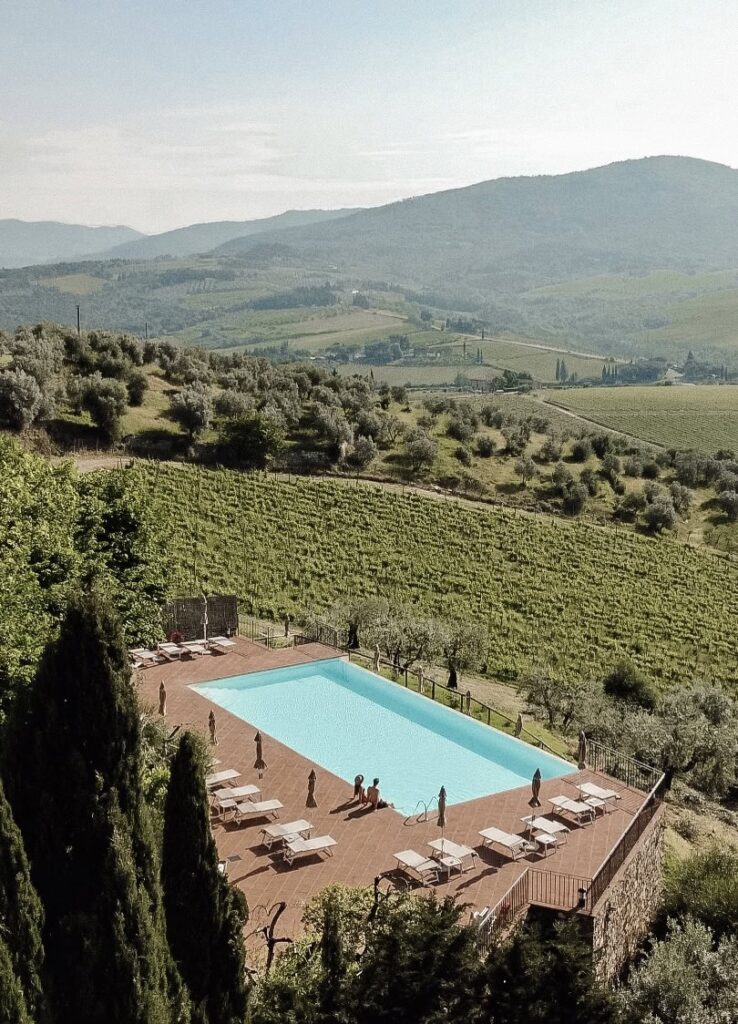
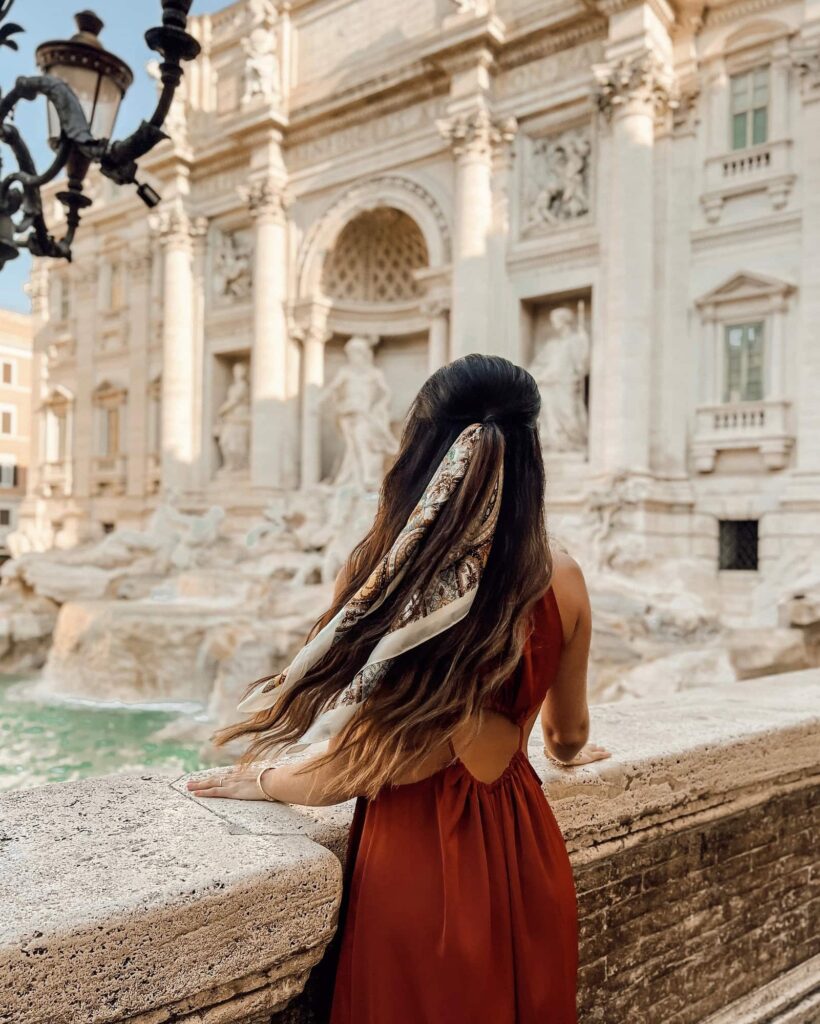
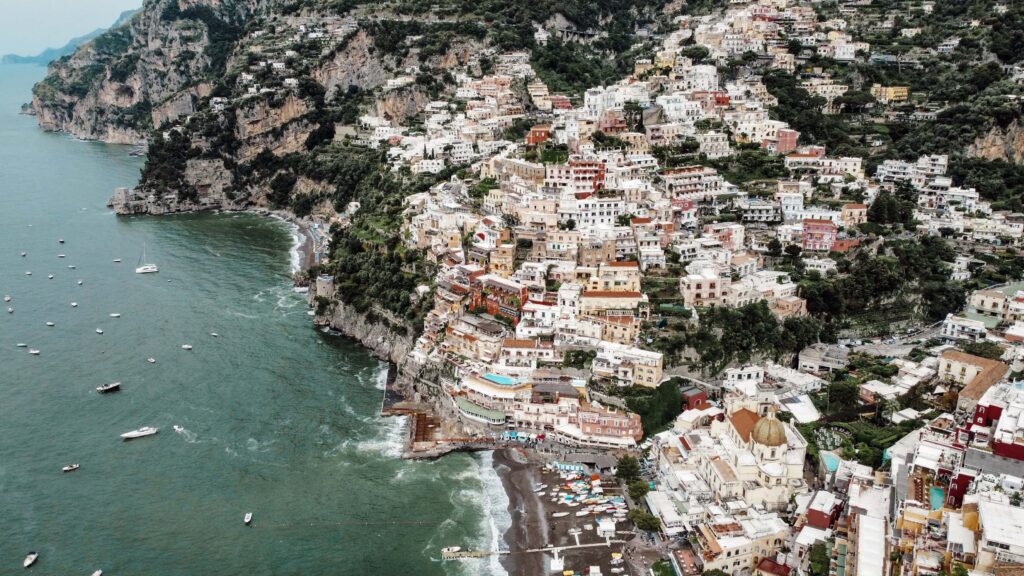
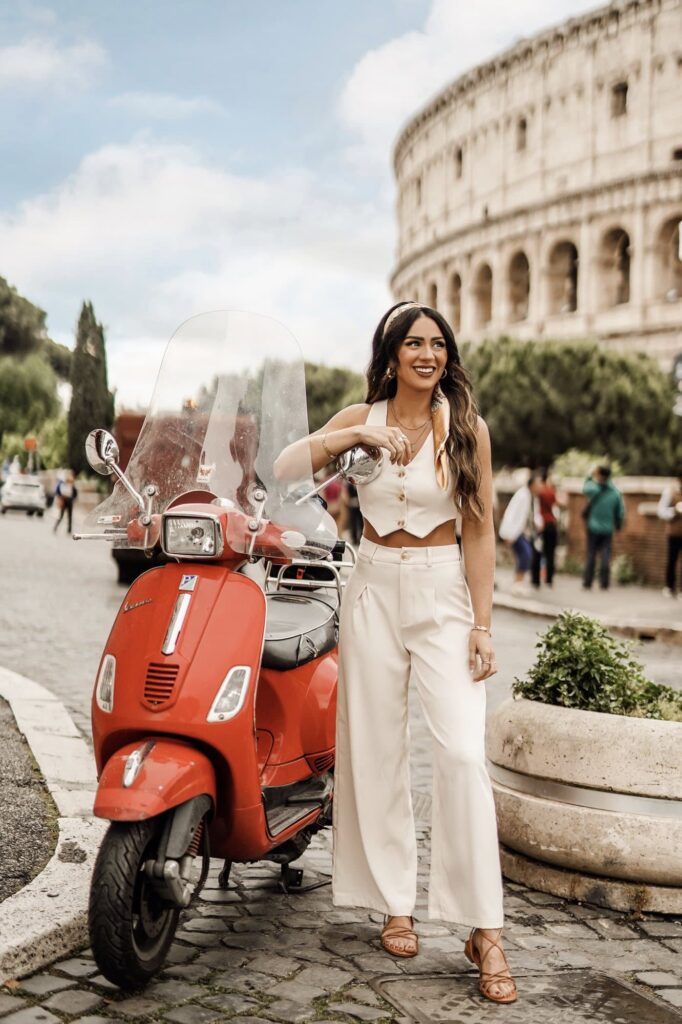
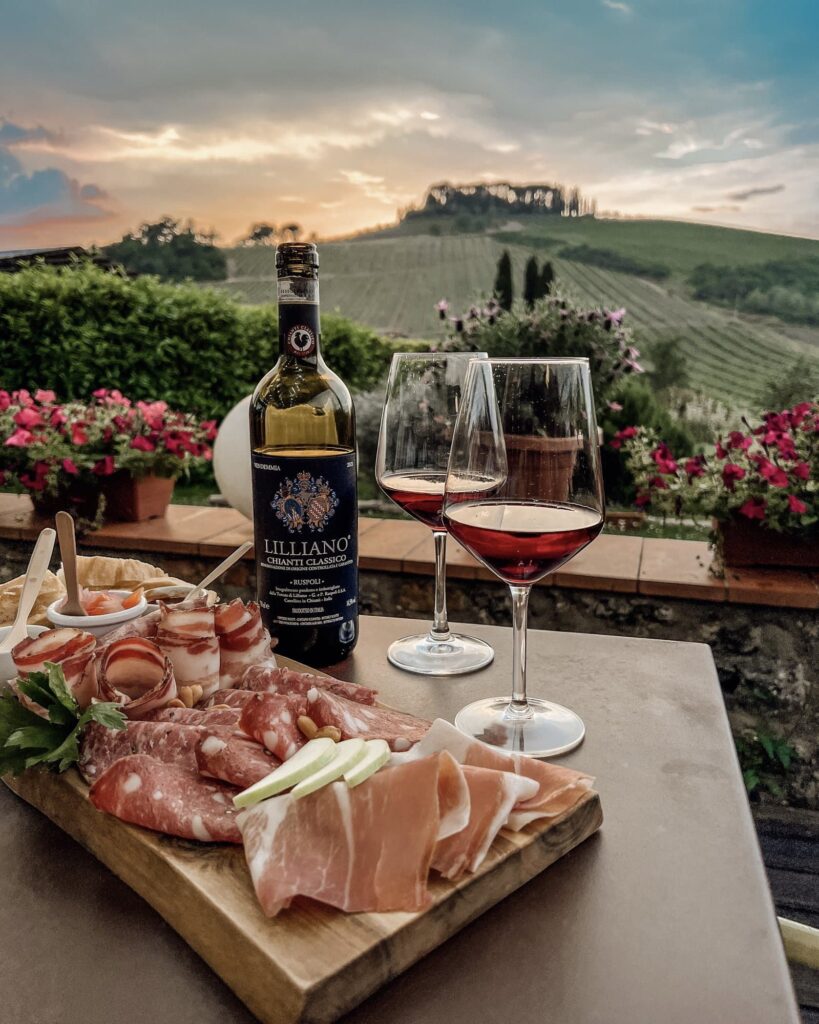
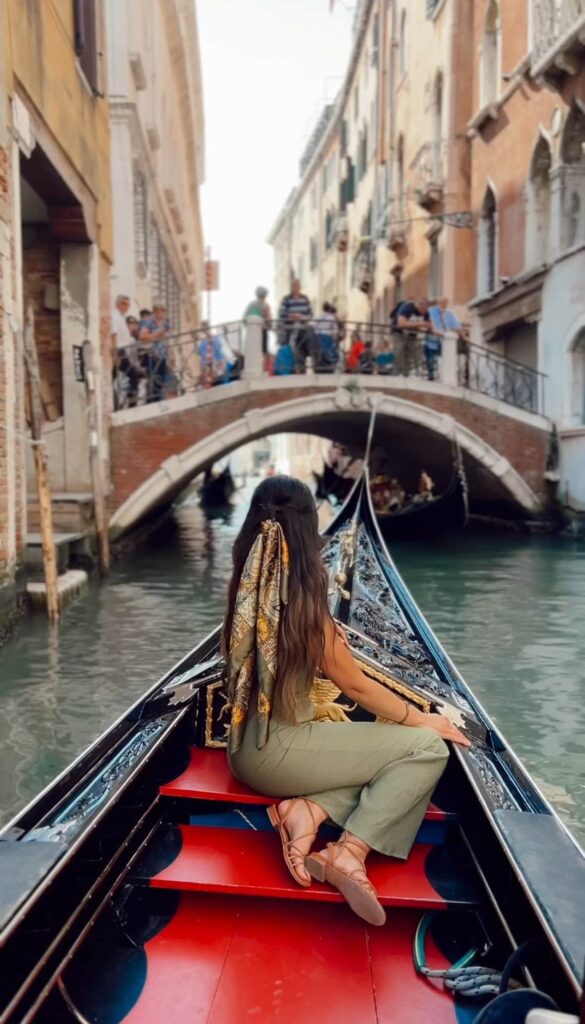
Italy Travel Tips
To make the most of your trip to Italy, here are some essential tips to consider while planning based on expert recommendations along with my own personal experience:
When is The Best Time To Travel To Italy
Plan Your Italy Itinerary
Research and Prioritize: Italy boasts numerous attractions—from ancient ruins in Rome to Renaissance art in Florence and picturesque coastlines of the Amalfi Coast. Plan your itinerary based on your interests and the duration of your trip. Narrow down your list of priorities with your trip as you begin to plan.
Best Month to Visit Italy and Seasonal Considerations: Consider visiting in the shoulder seasons (spring and fall) for pleasant weather, fewer crowds, and more affordable accommodations. Summer (June-August) is the busiest time of the year to visit, so if you are not a fan of crowds and can plan your trip during another month it is best to do so. I have personally loved visiting in May the most. The crowds are smaller, prices are lower, and the weather is still pleasantly warm if you want to enjoy beach destinations such as the Amalfi Coast.
Decide on Number of Days and Destinations: If you plan on visiting multiple cities during your Italy trip, make sure you are planning an adequate amount of time in each. For example, a one-week trip could cover one to two areas, a 10-day trip could cover up to three, and a two-week trip could cover up to four. I recommend at least 2-3 nights at a minimum in one spot to fully experience it. For example, during my 12-day trip, I visited Positano, Rome, Florence, and Venice comfortably.
Popular Italian Travel Destinations:
- Rome
- Florence
- Amalfi Coast
- Tuscany
- Venice
- Milan
- Cinque Terre
- Lake Como
- Bologna
- Verona
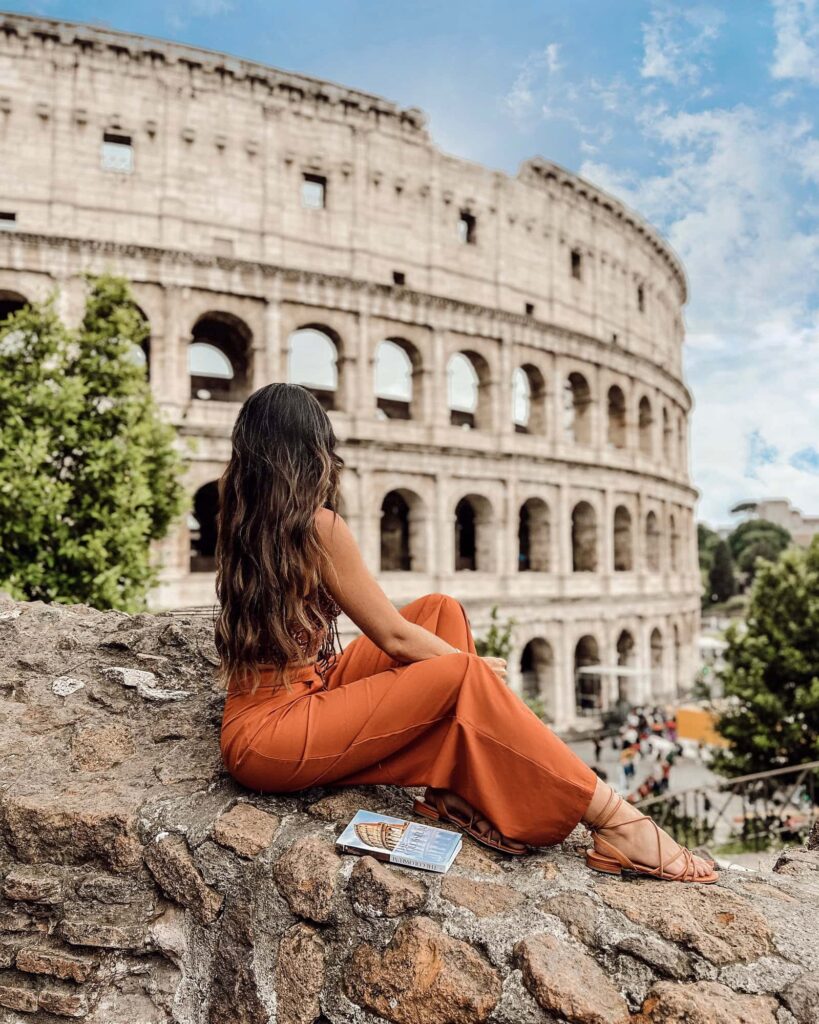
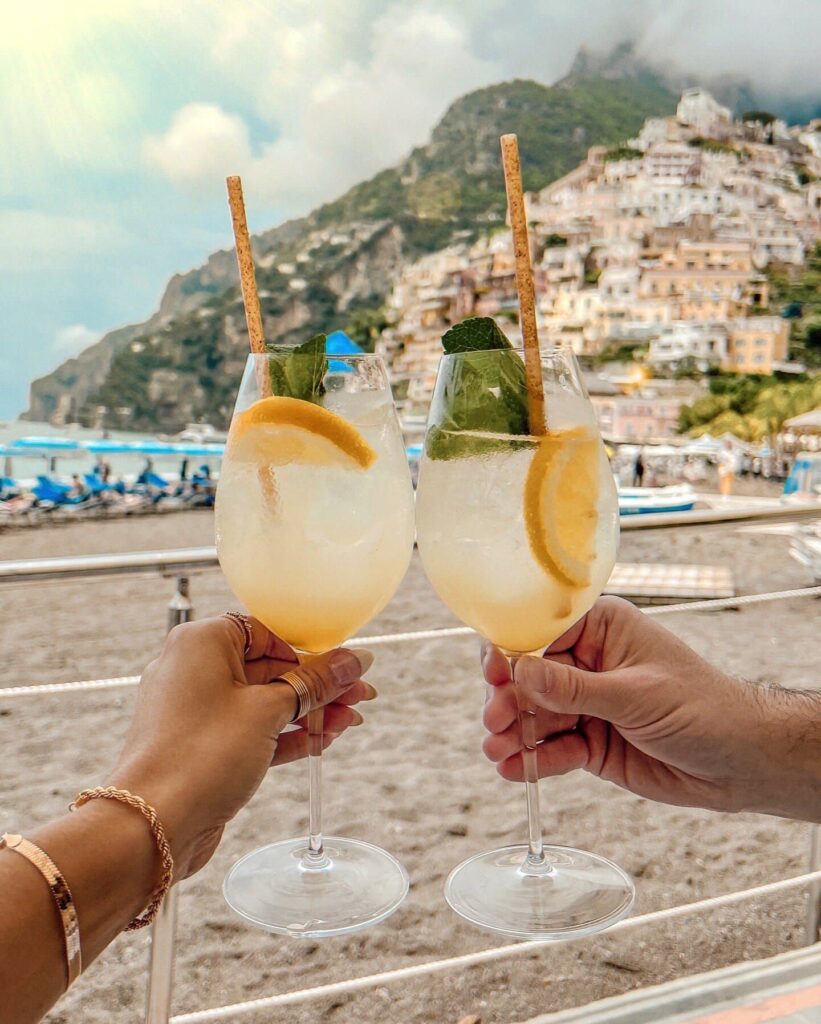
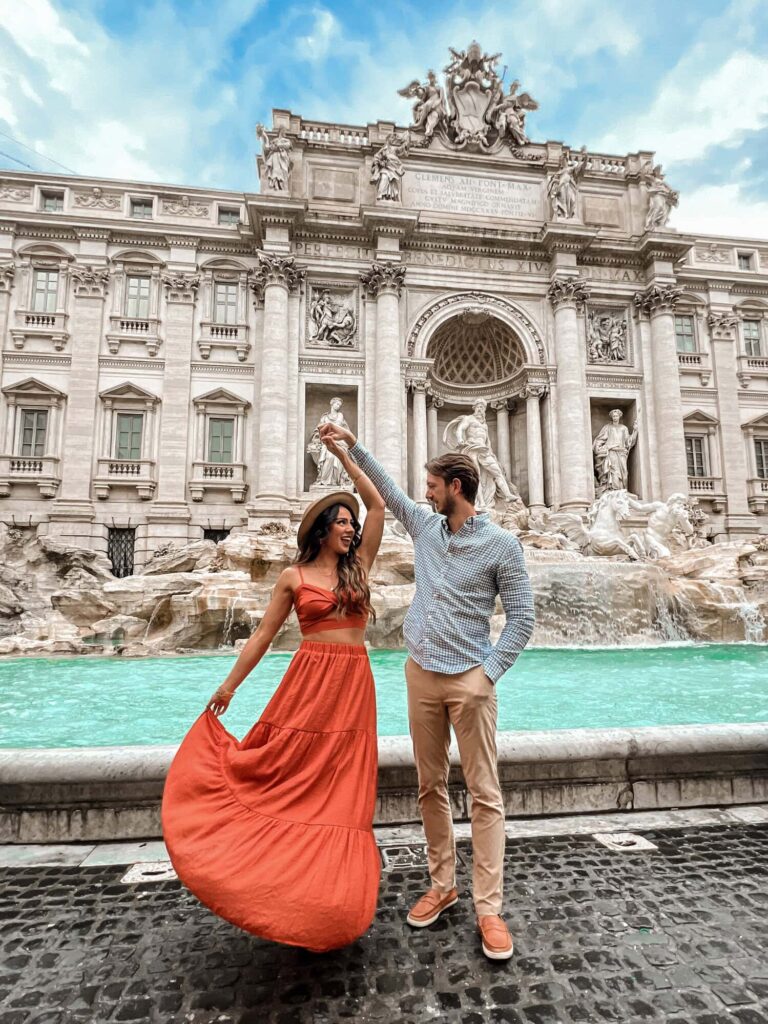
Why Travel To Italy
Italy is a country that seems to have it all from stunning landscapes and rich history to a culture that’s as vibrant as it is diverse. Each time I’ve visited, Italy has never failed to leave a lasting impression. Most who have traveled to Italy before can probably agree that they were immediately captivated by how every corner of the country tells its own unique story.
Having visited Rome, Florence, Positano, Venice, the Tuscan countryside, and a few small towns I can confidently say Italy offers an unparalleled travel experience. Here is why you should pack your bags and explore this enchanting country:
- Rich History and Culture: Italy’s cities are essentially living museums filled with ancient ruins, Renaissance art, and historic architecture waiting to be explored. Each location, from Rome’s Colosseum to Florence’s Uffizi Gallery, offers a deep dive into the country’s past.
- Picturesque Landscapes: From the dramatic cliffs of the Amalfi Coast to the rolling hills of Tuscany, Italy’s diverse landscapes provide breathtaking scenery and countless opportunities for outdoor adventures. Whether you’re hiking, relaxing on a beach, or cruising along serene lakes, Italy’s natural beauty is truly inspiring.
- Exceptional Cuisine: Italian food is renowned worldwide, and a visit offers the chance to taste authentic regional dishes. Enjoy everything from pizza and pasta to local specialties like fresh seafood along the coast and hearty risottos in the north.
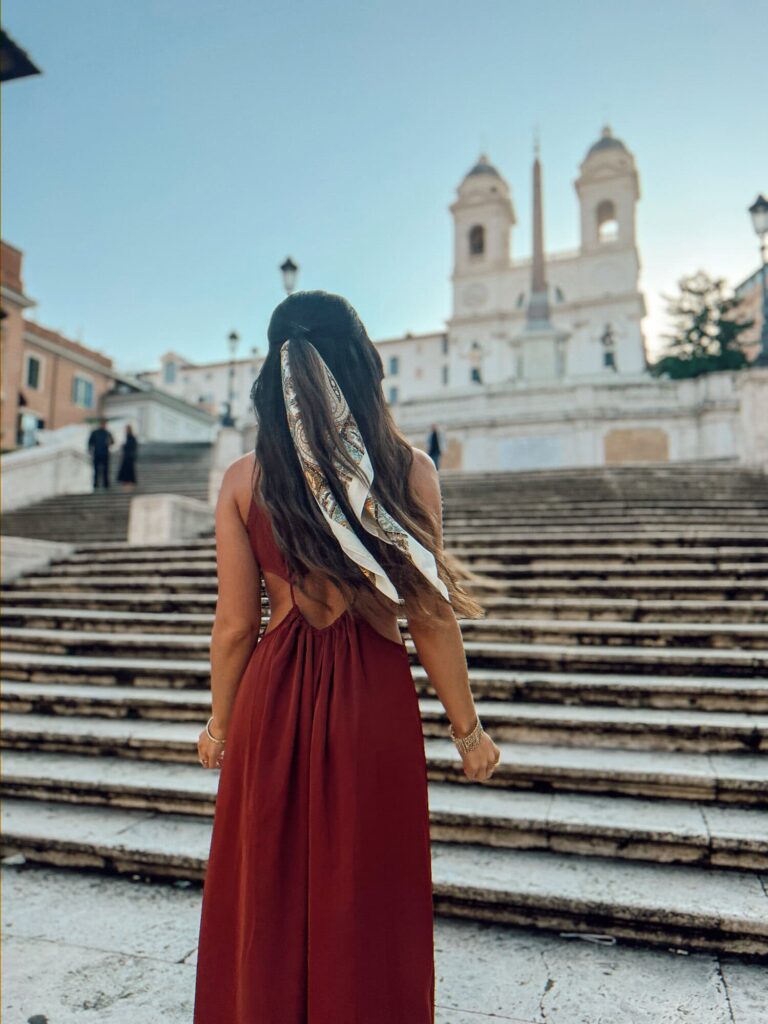
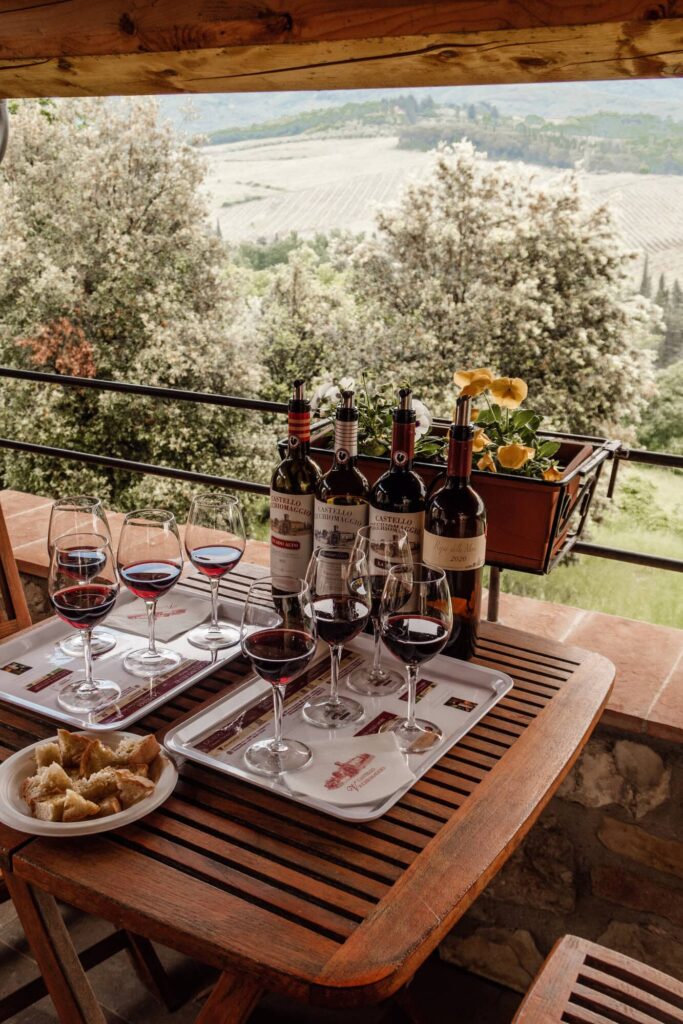
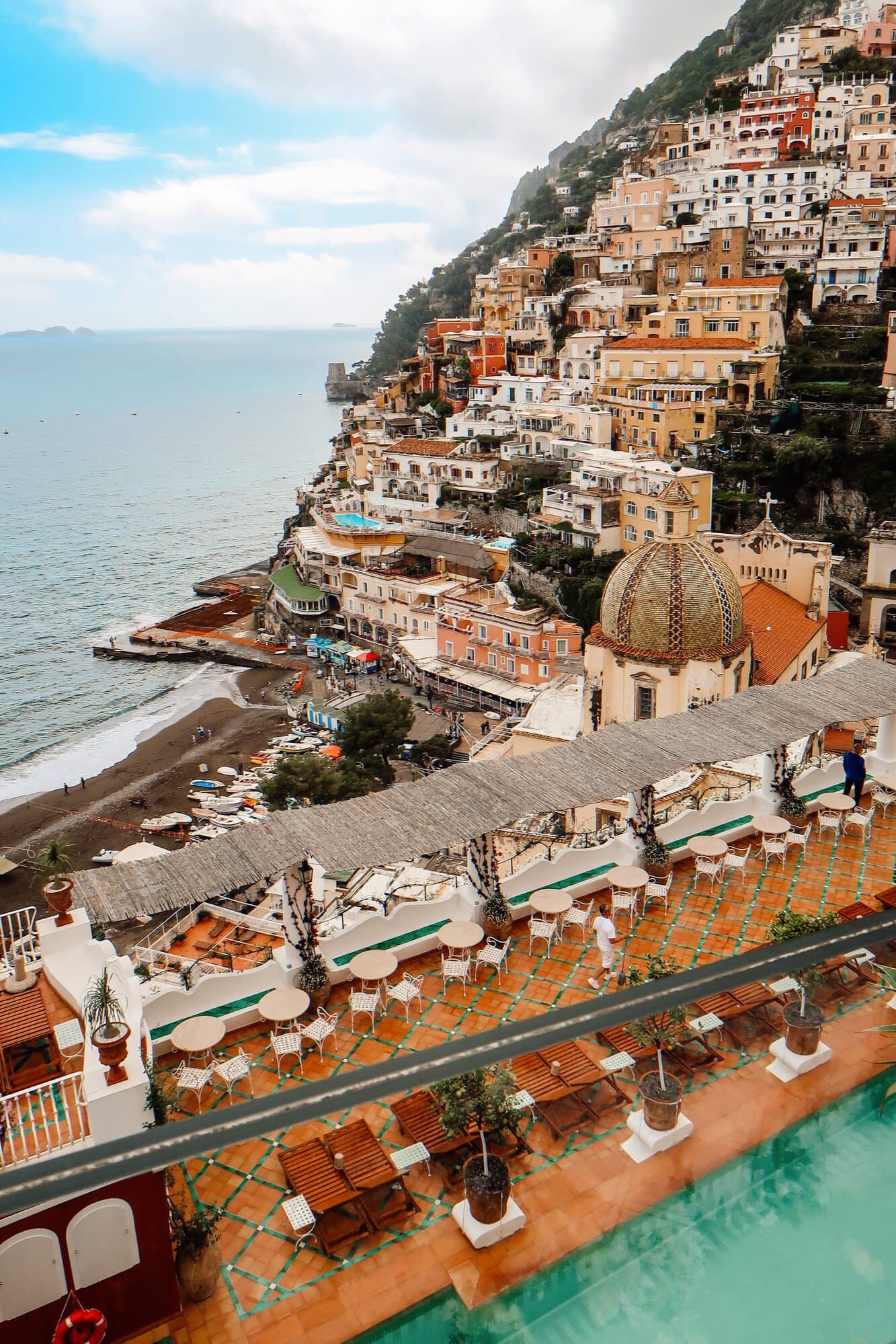
What To Do In Italy
Sightseeing and Activities
Visit iconic landmarks such as the Colosseum and Trevi Fountain while in Rome, the Galleria dell’Accademia and Duomo while in Florence, and St. Mark’s Basilica, Grand Canal, and Rialto Bridge while in Venice. Some of these experiences can easily be a day trip from the area you are staying if you are short on time. I highly recommend arriving early and booking skip-the-line tickets ahead of time for super popular sites. Also, don’t be afraid to explore lesser-known towns for a deeper cultural experience!
Popular Attractions to Visit in Italy:
- Colosseum (Rome)
- Vatican Museums (Vatican City)
- Leaning Tower of Pisa (Pisa)
- St. Mark’s Basilica (Venice)
- Uffizi Gallery (Florence)
- Pantheon (Rome)
- Cinque Terre
- Roman Forum (Rome)
- Sistine Chapel (Vatican City)
- Pompeii
Related: How To Visit The Colosseum, Visiting the Vatican: Top Things You Need to Know
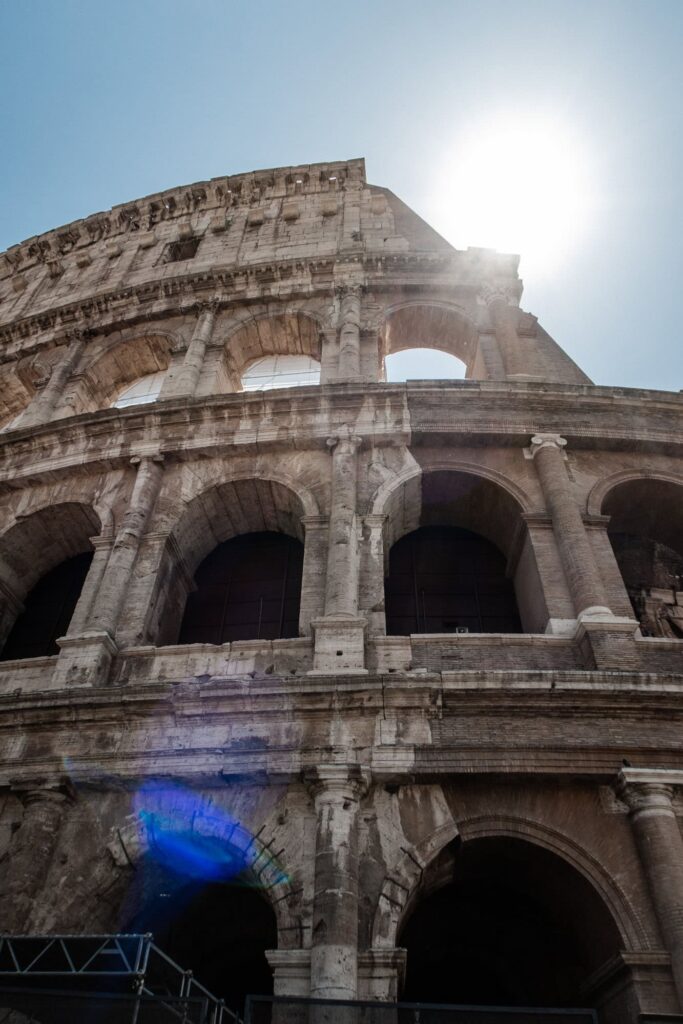
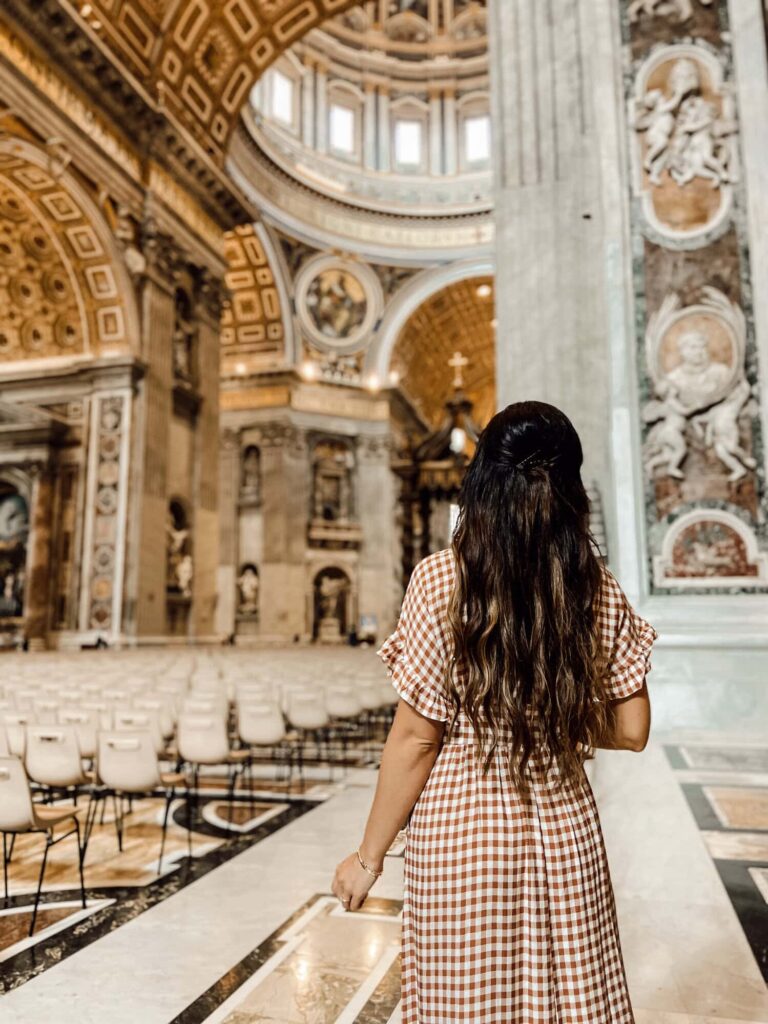
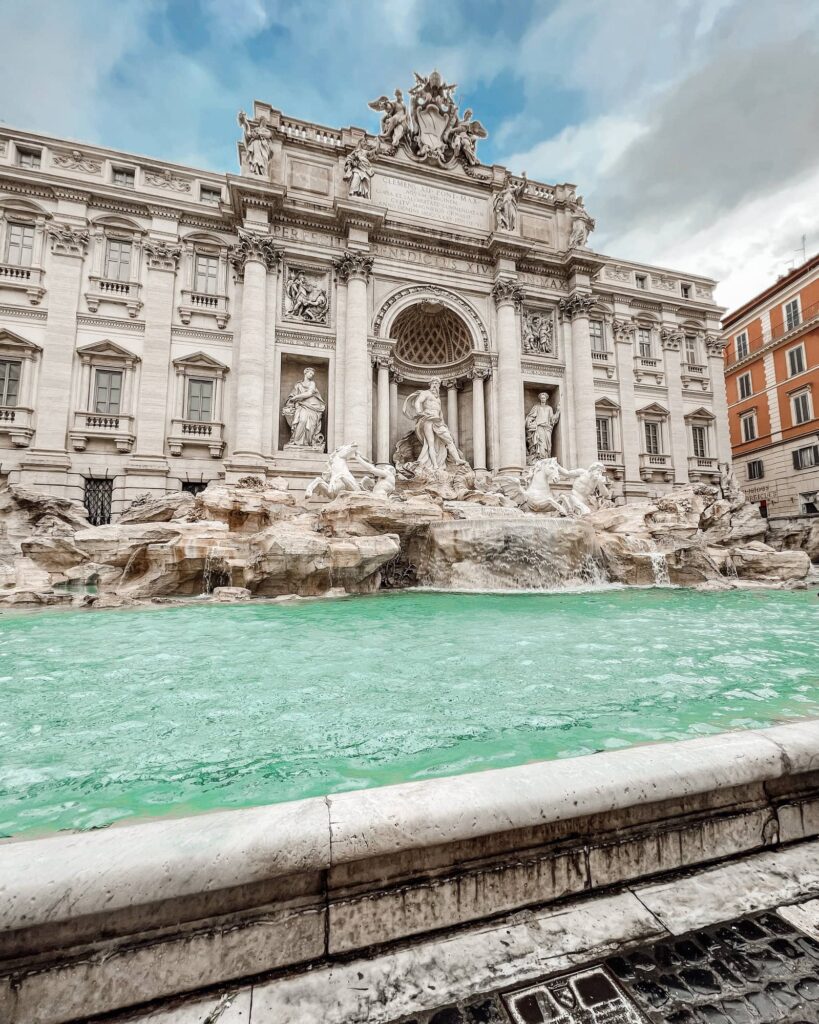
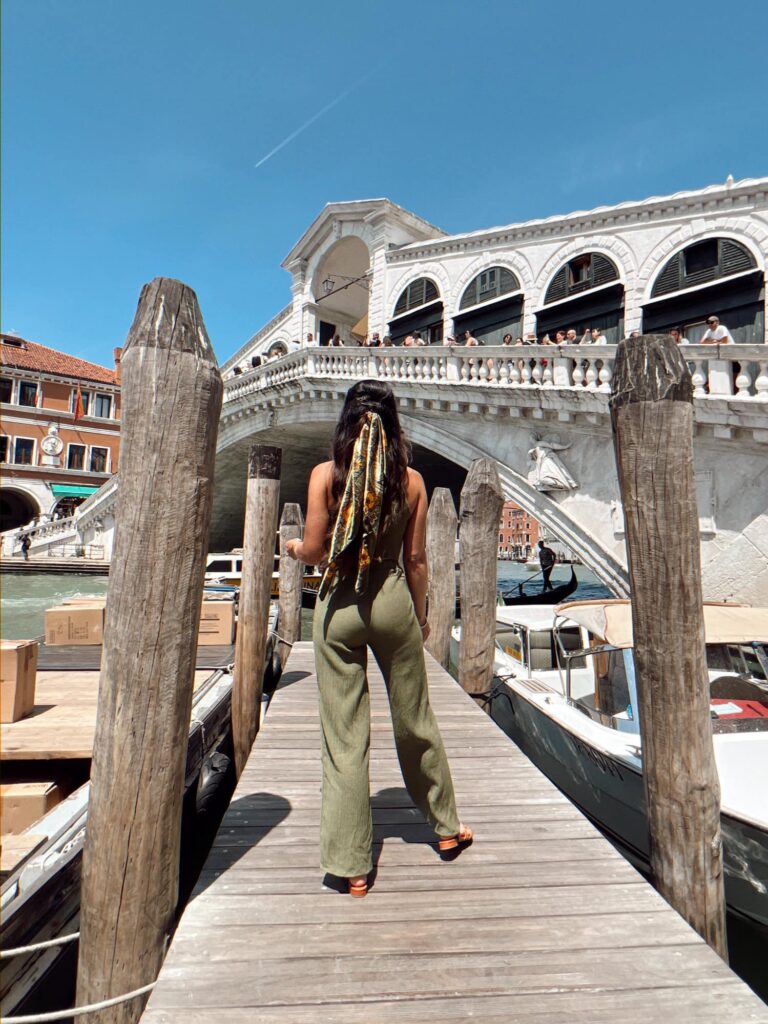
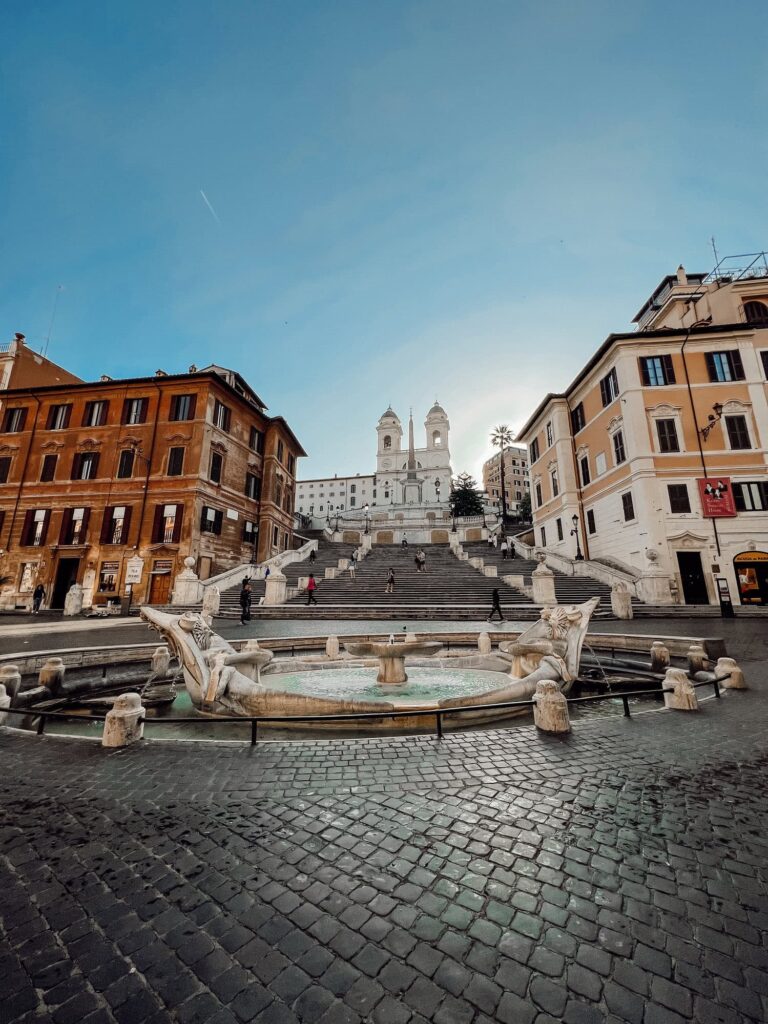
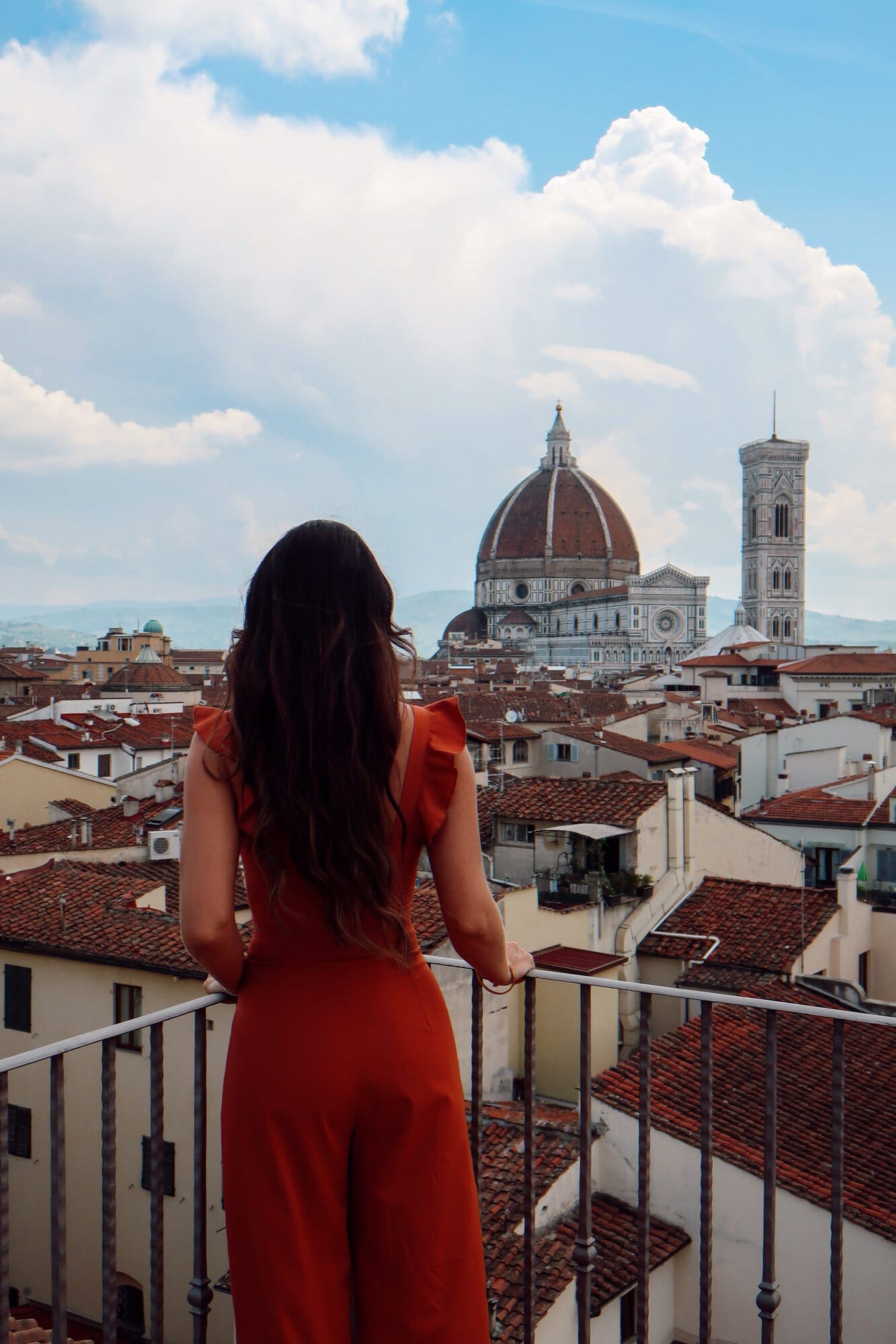
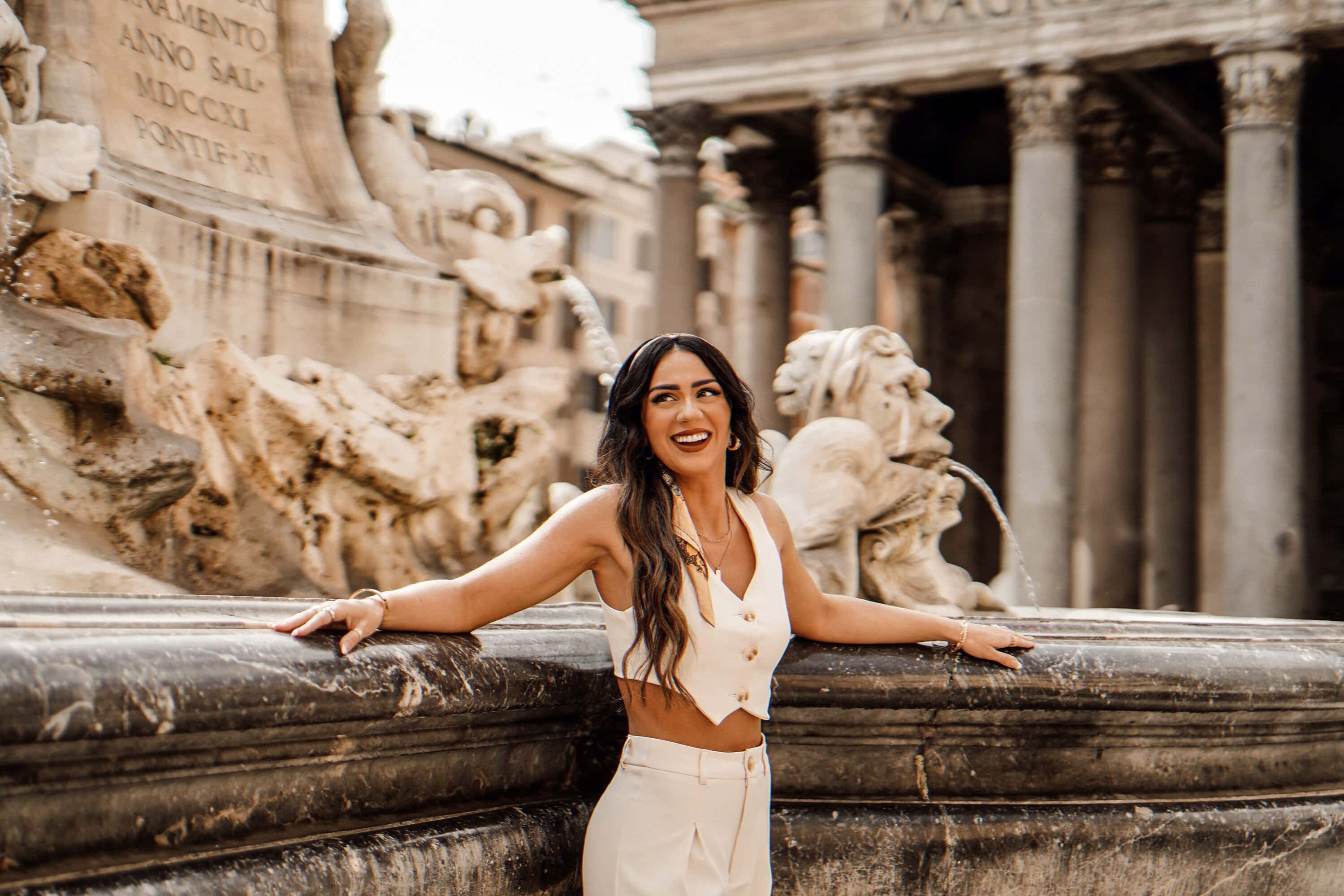
Dining and Cuisine
- Italian Cuisine: Indulge in regional specialties during your visit—pizza or seafood in Southern Italy, pasta in Rome, gelato throughout, and of course, wine in Tuscany. My absolute favorite Italian dish is carbonara, and I could truly never get enough of it. This Roman specialty is a staple in Italian cuisine and a must-try during your trip.
- Coffee: Start your day with a quick espresso at the bar along with a cornetto (croissant) for a classic Italian breakfast. You may also opt for a cappuccino in the morning, but never after 12 pm, as it’s considered a morning treat. An afternoon espresso provides a quick pick-me-up throughout the rest of the day.
- Wine: In Italy, wine is deeply embedded in the culture and plays a central role in dining. House wines, or “vino della casa,” are commonly served in Italian restaurants and are often a cost-effective way to enjoy local wines. I typically always order a house red to enjoy with dinner. Overall, whether you’re exploring prestigious labels or enjoying a glass of house wine, Italian wine culture emphasizes quality, tradition, and the pleasure of pairing wine with food.
- Spritzes: Spritzes, particularly the Aperol Spritz, are incredibly popular in Italy. These are commonly enjoyed in the late afternoon or early evening as a pre-dinner drink.
- Gelato: Italian ice cream. So delicious and a must-try!
- Dining Etiquette: Italians dine leisurely—enjoy meals at a much slower pace, ask for the check (il conto) when ready for it, and do not rush waitstaff.
Related: Check out my list of 15 Best Restaurants in Positano here.

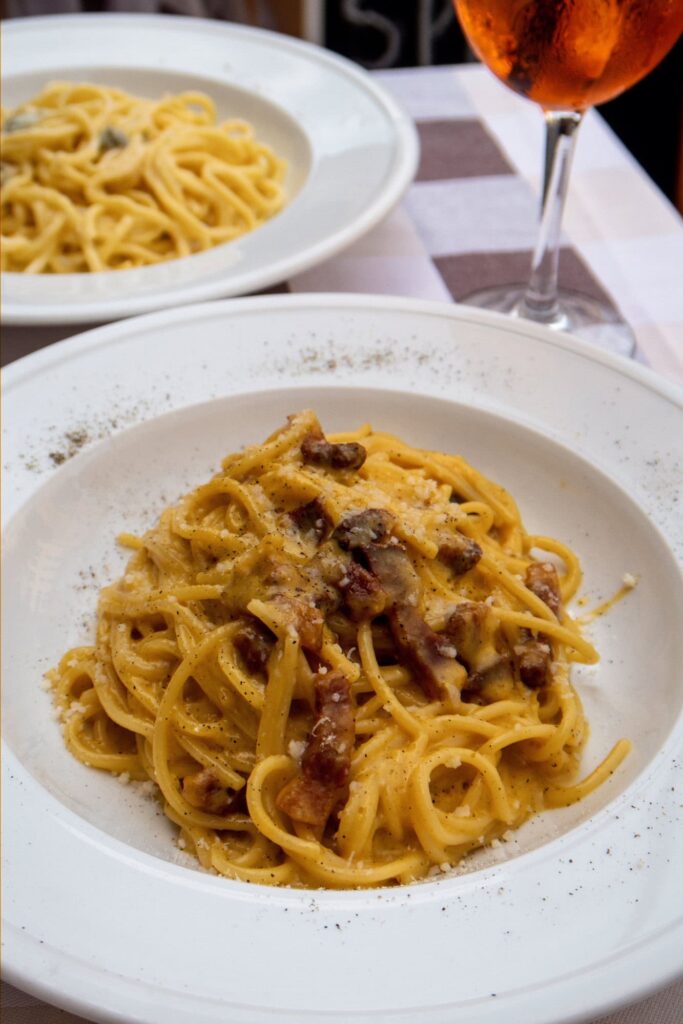

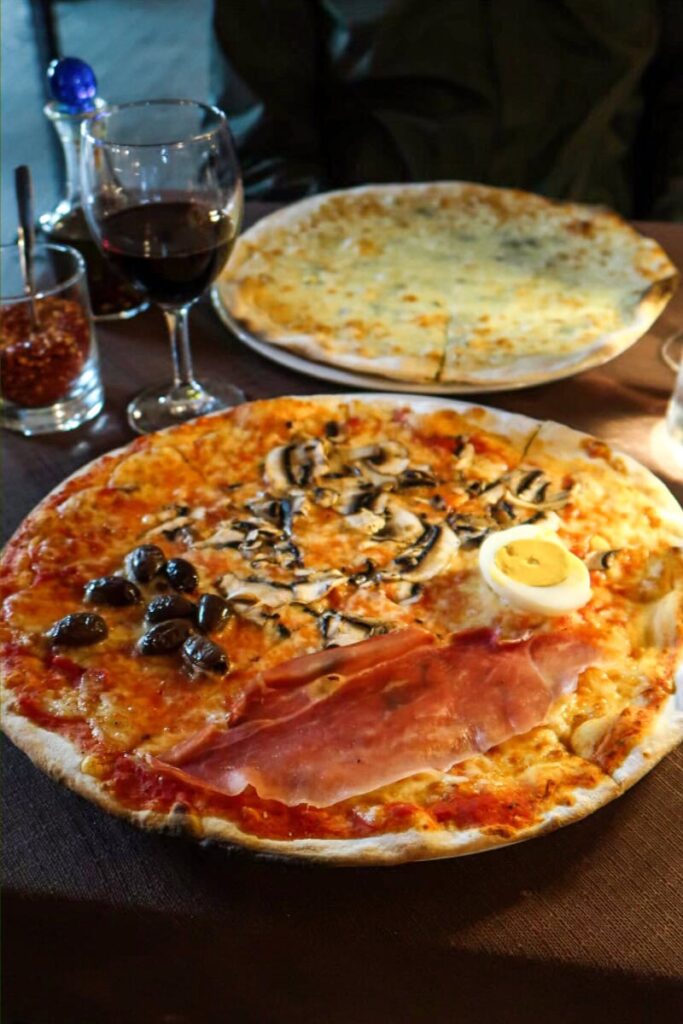
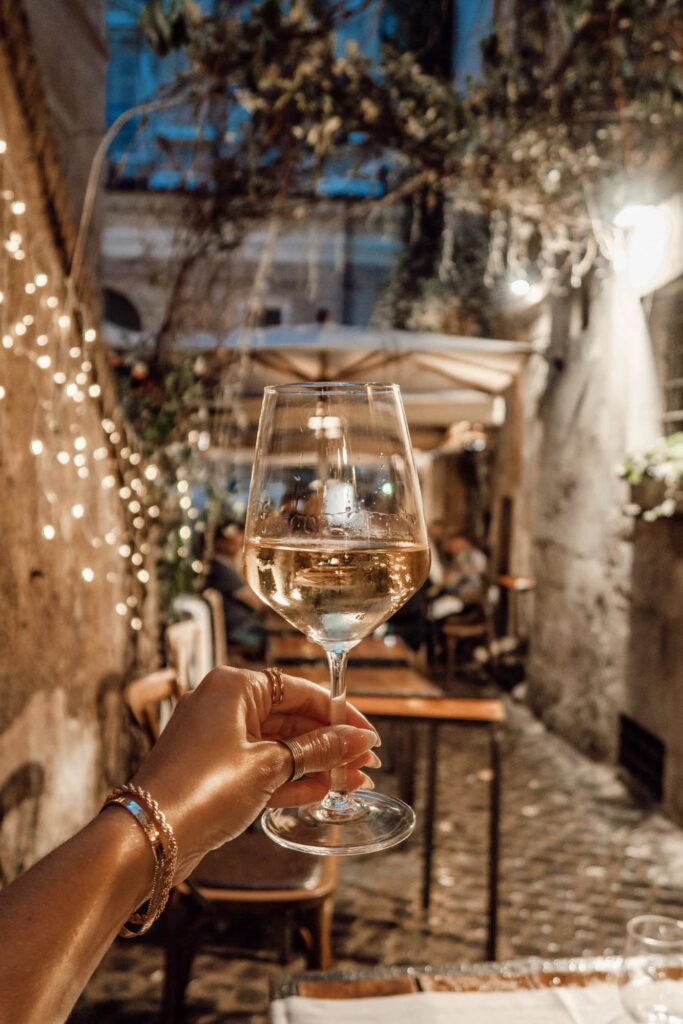
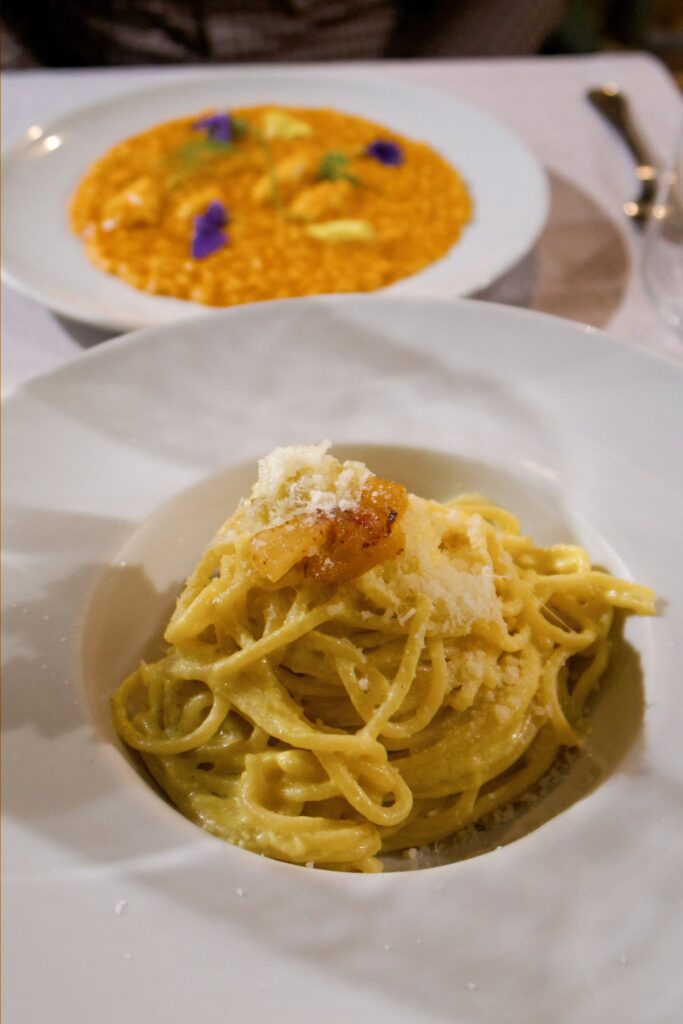

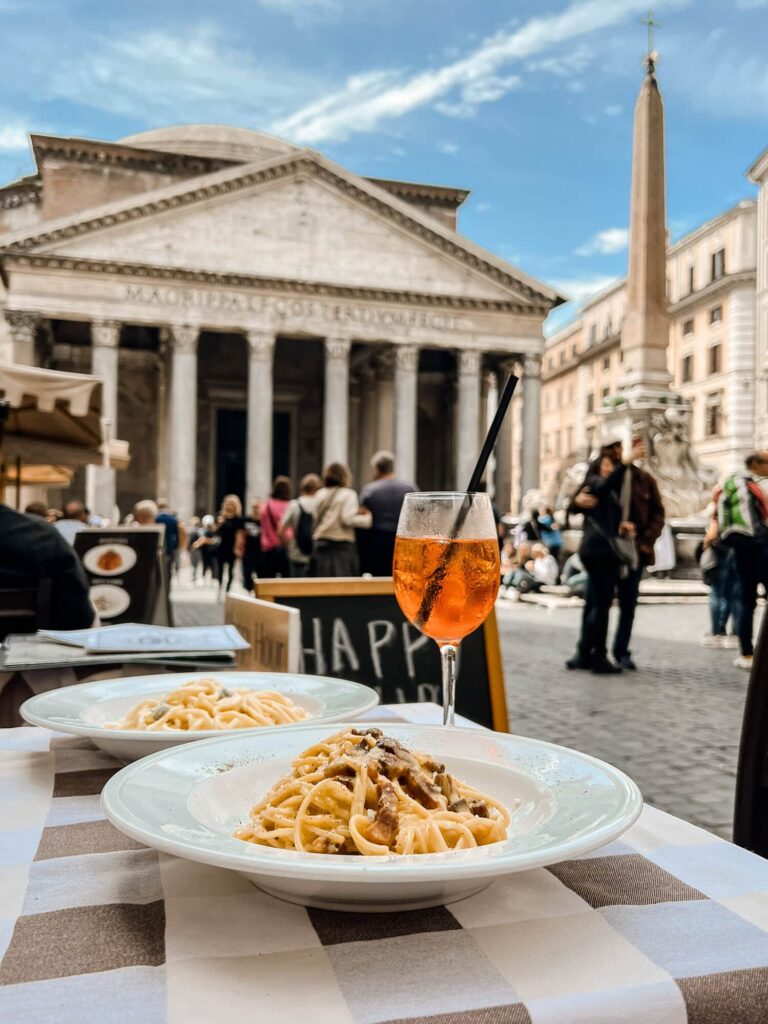

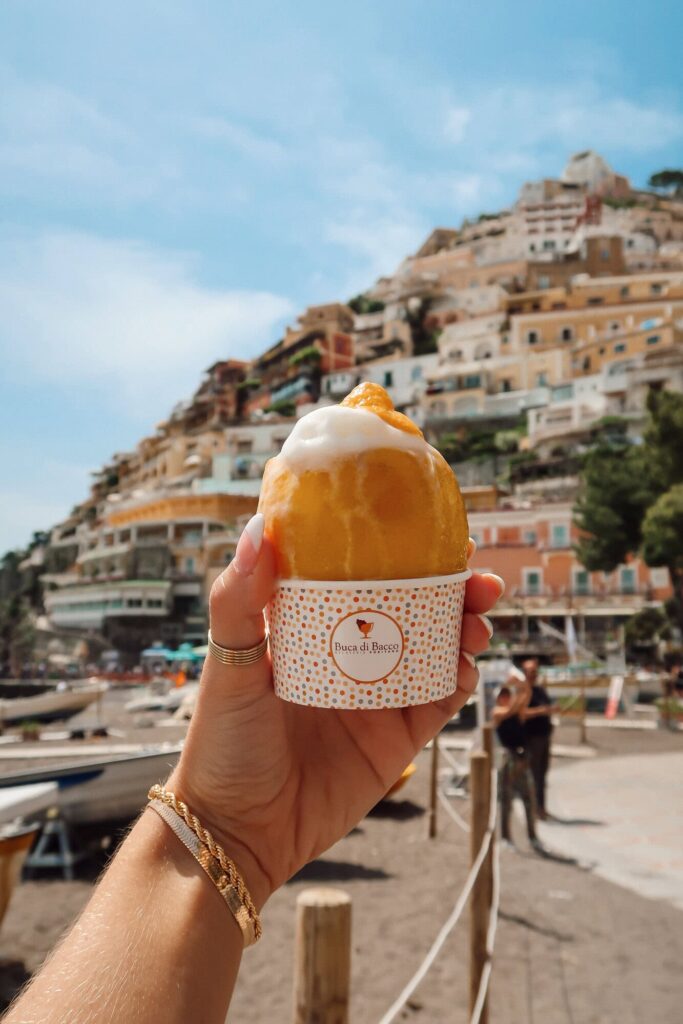
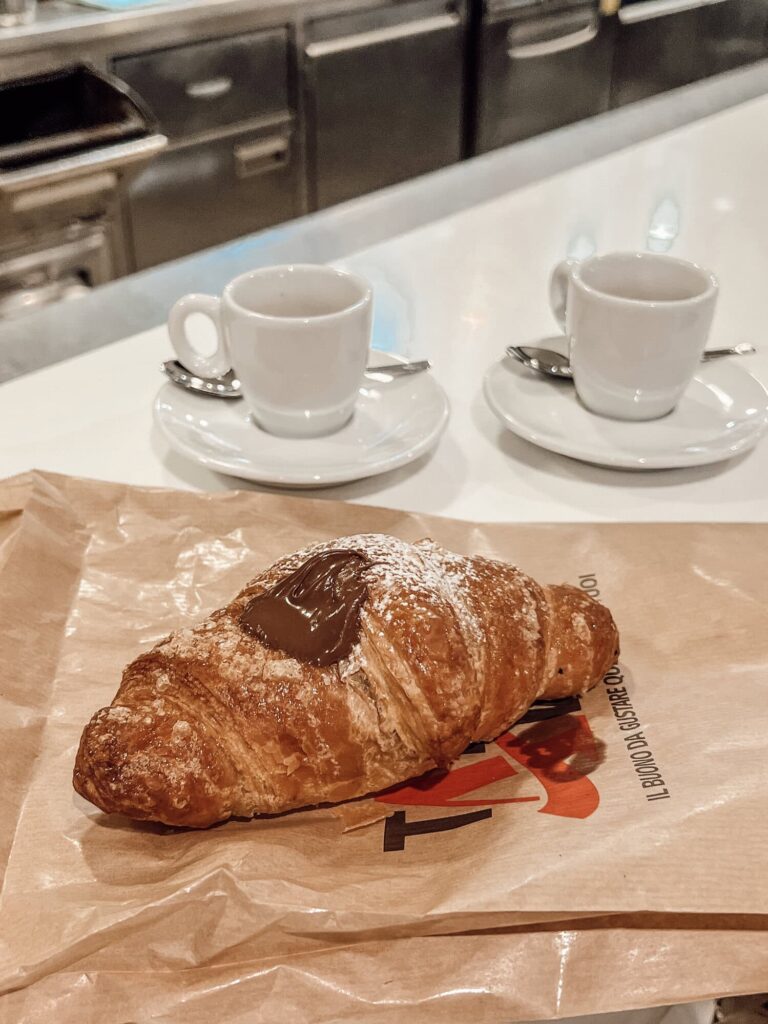
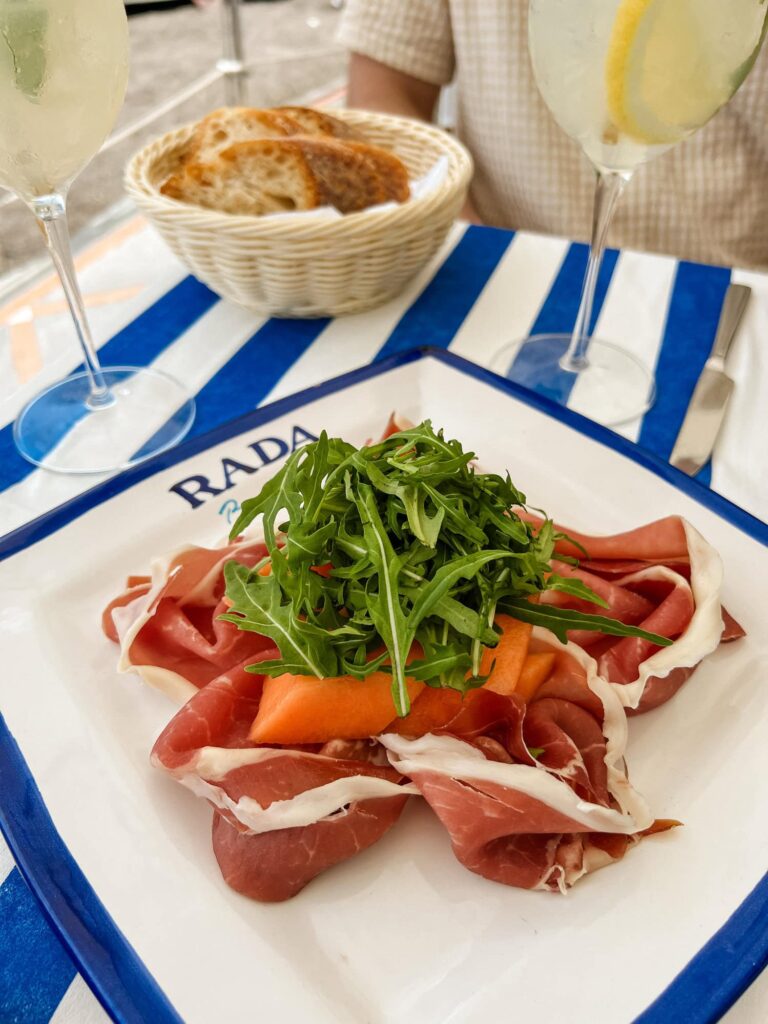
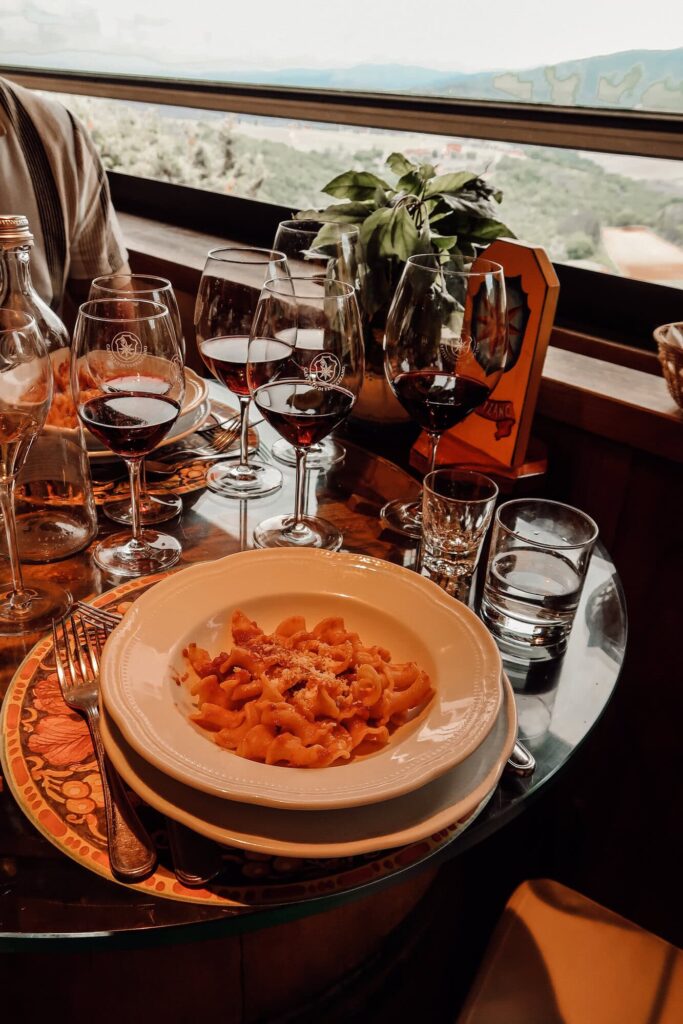
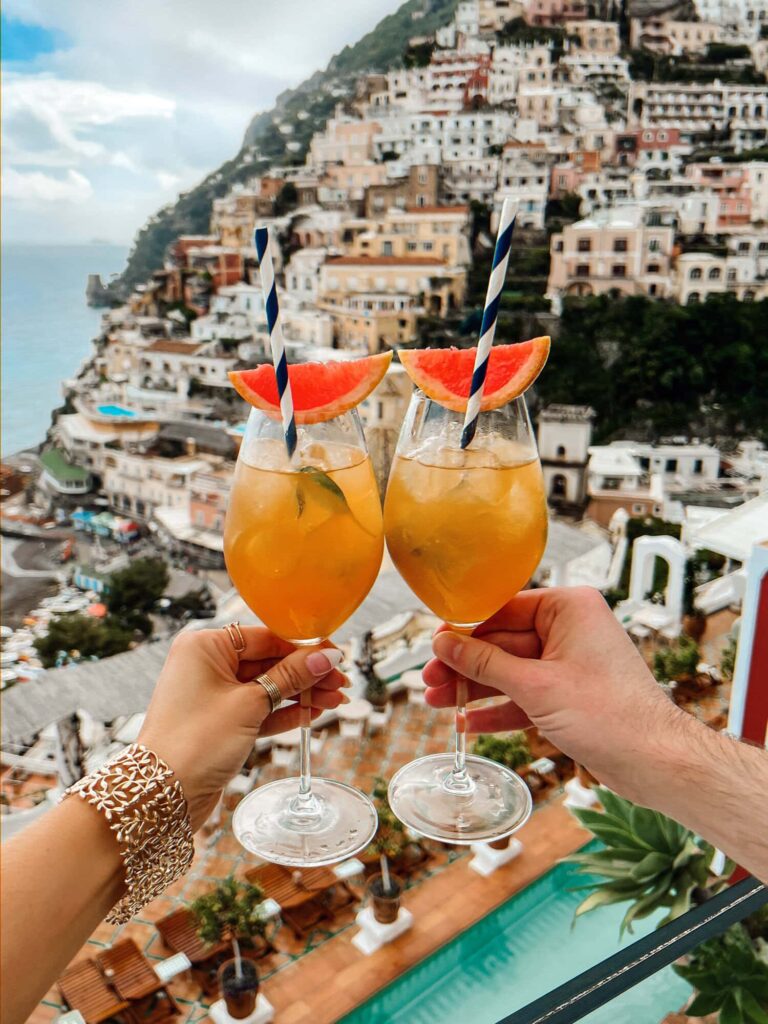
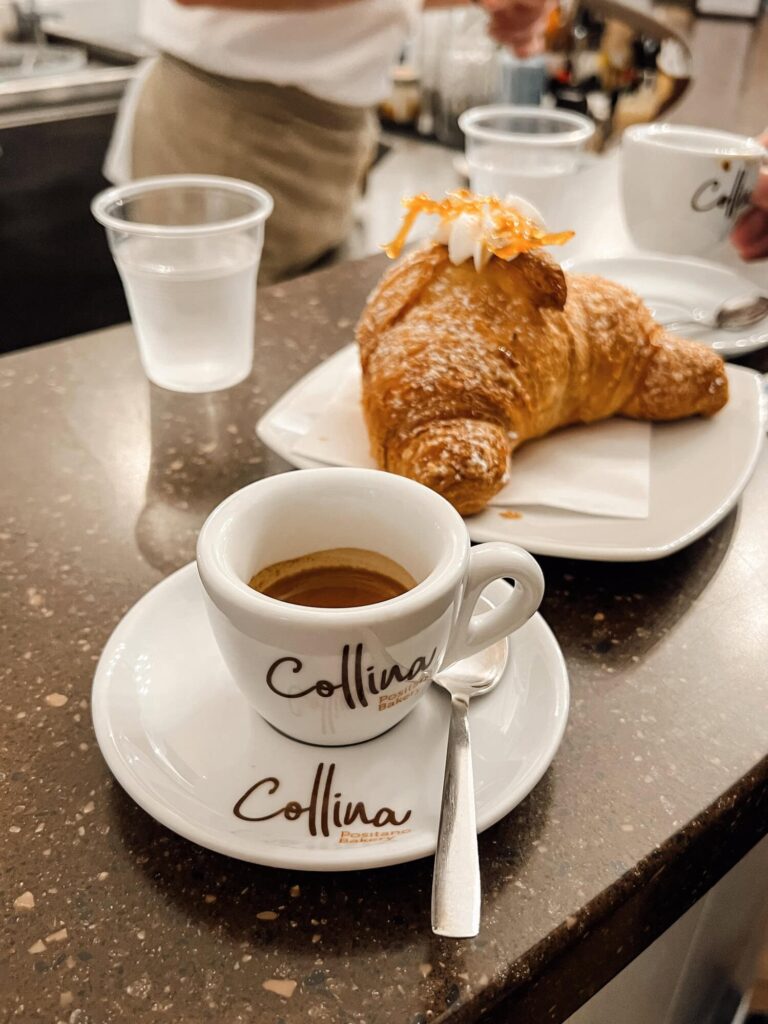
Train Hop Through Italy
- Convenient Travel: Italy’s extensive and efficient train network connects major cities and charming towns, making it easy to explore all of the different regions without the hassle of driving in Italy. High-speed trains like the Frecciarossa and Italo whisk you between cities quickly and comfortably. Simply plan your itinerary from train station to train station.
- Scenic Journeys: Traveling by train offers some of the best views of Italy’s stunning landscapes. From the rolling hills of Tuscany to the dramatic coastline of the Amalfi Coast, you’ll enjoy picturesque scenery right from your seat.
- Affordable Options: Train travel in Italy can be budget-friendly, with various train ticket options and passes available. Regional train and off-peak tickets offer cost-effective ways to explore the country without breaking the bank. Make sure you keep your train ticket handy for when they need to validate your ticket.

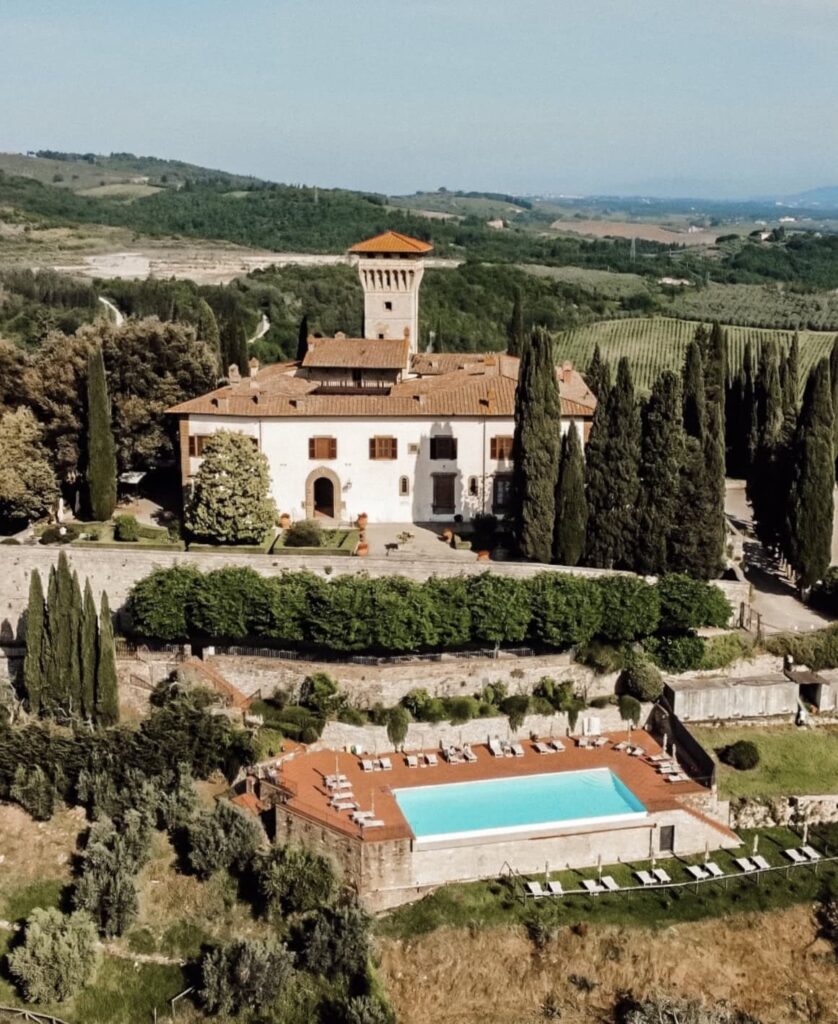
What To Know Before Traveling To Italy
Travel Documents and Insurance
- Passport and Visa: Ensure your passport is valid for at least six months beyond your planned departure date. This is a standard requirement for entry into Italy. If you are planning on an extended stay, make sure to check if you need a visa if you’re not from a visa-exempt country.
- Travel Insurance: While not always mandatory, it’s highly recommended to have travel insurance that covers health, accidents, and theft for the duration of your stay.
Money in Italy
- Italian Currency: Euro (EUR) is used in Italy. ATMs are widely available, but inform your bank of travel plans to avoid any issues and make sure you can use your card.
- Tipping: While tipping is not mandatory and is less expected than in some other countries, it is still appreciated for exceptional service.
Packing Essentials
- Clothing: Pack comfortable walking shoes, lightweight clothing for summer, layers for cooler months, and modest attire for visiting any churches and religious sites, such as Vatican City. The first time I visited Italy I did not bring any true walking shoes, and I had blisters from all the walking in my cute sandals by day two. My top tip is to wear your comfortable shoes the majority of the time and feel free to pack an extra pair of sandals or other shoes to change into if you prefer at certain destinations.
- Electronics: Bring a universal adapter/converter, camera, smartphone with maps, and chargers. You may also consider packing a portable charger for your phone for long days away from your lodging.
- Water Bottle: Italy can get quite hot, especially during the summer months. Carrying a reusable water bottle ensures you have access to fresh water throughout the day, whether you’re exploring city streets, hiking, or sightseeing. Many restaurants in Italy charge for bottled water, which can add up quickly, especially if you’re dining out frequently.
Transportation
- Public Transport: Italy has an extensive train network (Trenitalia) connecting major cities and regions. This is how I was able to visit four different areas all in one trip. The trains typically have Wi-Fi and you can spend the ride catching up if needed, or grab an espresso and something to eat while onboard. Purchase train tickets in advance for discounts and seat reservations.
- Cabs and Transfers: Upon arriving at a train station or the airport, you can typically take a cab or plan a pre-scheduled transfer to and from the train station to your accommodations. Make sure you ask the cab driver if they accept credit cards before entering the vehicle if you don’t have any cash.
- Renting a Car: Renting a car can be ideal for exploring more rural areas such as the Tuscan countryside, but consider limited parking and ZTL (Limited Traffic Zones) in city centers. The only time that I have rented a car in Italy was when I visited the Tuscan countryside and needed one to get around to various vineyards and restaurants. We obtained an international driver’s license ahead of time and rented our car through Sixt at the Florence airport. The whole process with them was very smooth and I would definitely rent from them again!
Health and Safety
- Health Precautions: No specific vaccinations are required for Italy. Carry any necessary medications with prescriptions and always pack these in your carry-on.
- Safety Tips: Italy is generally safe, but do be cautious of pickpocketing in popular tourist areas and highly crowded places, which is a good tip for travel in general. Keep valuables secure and consider a cross-body bag carried in the front and avoid keeping valuable or important travel documents in pockets.
Connectivity and Navigation
- Maps and Apps: Use apps such as Google Maps, Apple Maps, and Waze for navigation and local recommendations.
- Data: Talk to your mobile provider about international options to avoid surprise data fees. With my current plan, I used data, calling, and texting for just an extra $10/day while abroad, which is typically what I do so that I am always connected. You can also connect to wifi wherever it is available.
- Emergency Numbers: Save local emergency numbers (112 or 113 for police, 118 for medical emergencies).
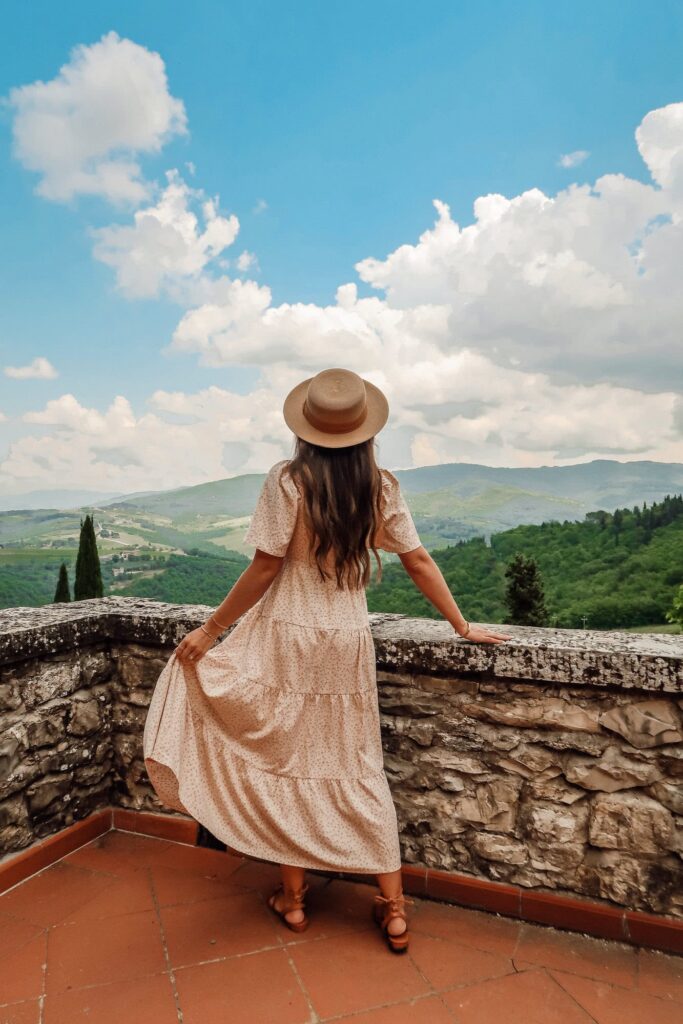
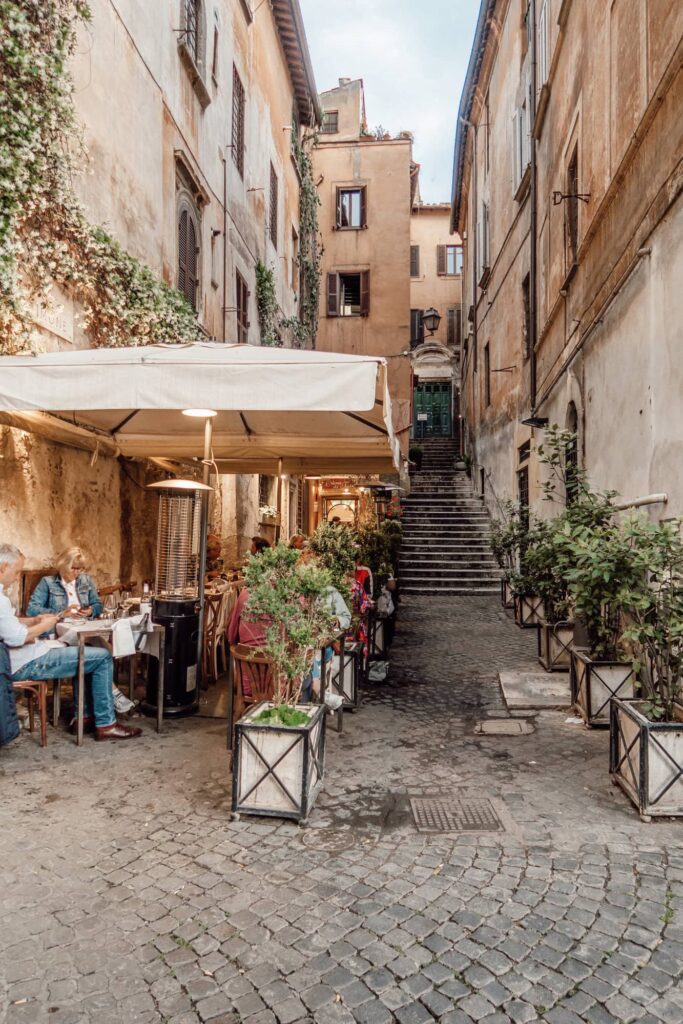
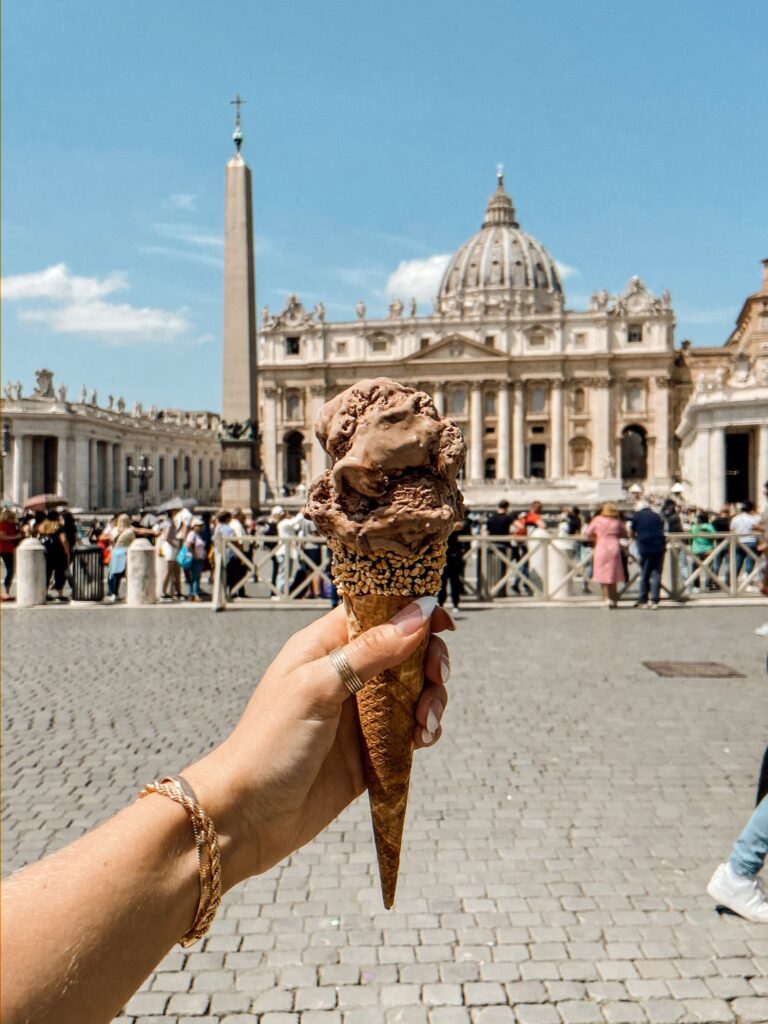
Italian Customs and Etiquette
Language: Italian is the official language, but English is widely spoken in most popular tourist areas. Learning basic Italian phrases can enhance interactions with locals, and you can also download the Google Translate app to your phone for assistance in reading menus, signage, and more. A few standard phrases to know are below:
- Ciao – Hello/Goodbye (informal)
- Buongiorno – Good morning
- Buonasera – Good evening
- Per favore – Please
- Grazie – Thank you
- Scusa/Scusi – Excuse me (informal/formal)
- Parla inglese? – Do you speak English?
Respect Cultural Norms: Italians value politeness and dress well. Dress codes tend to be stylish and sophisticated, reflecting the country’s appreciation for fashion. Respect local customs, such as covering shoulders and knees when entering churches or religious sites. Dining is a key part of Italian culture, so when you’re out at restaurants, savor each course and try to finish your plate if you can, as it shows appreciation for the meal.
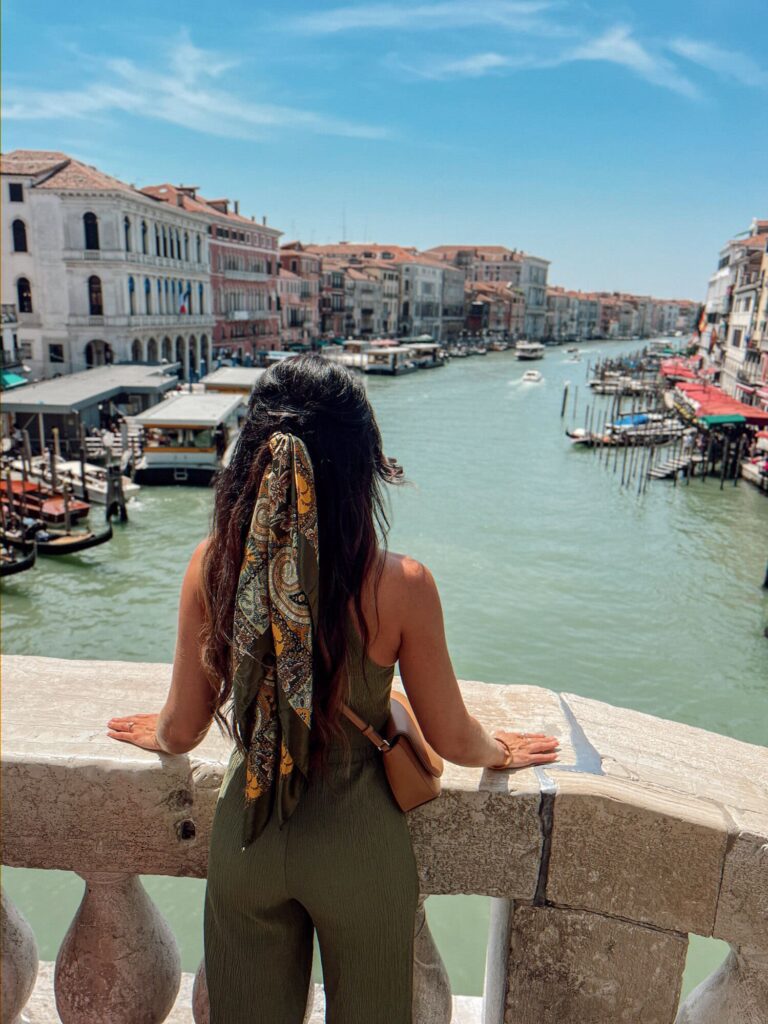
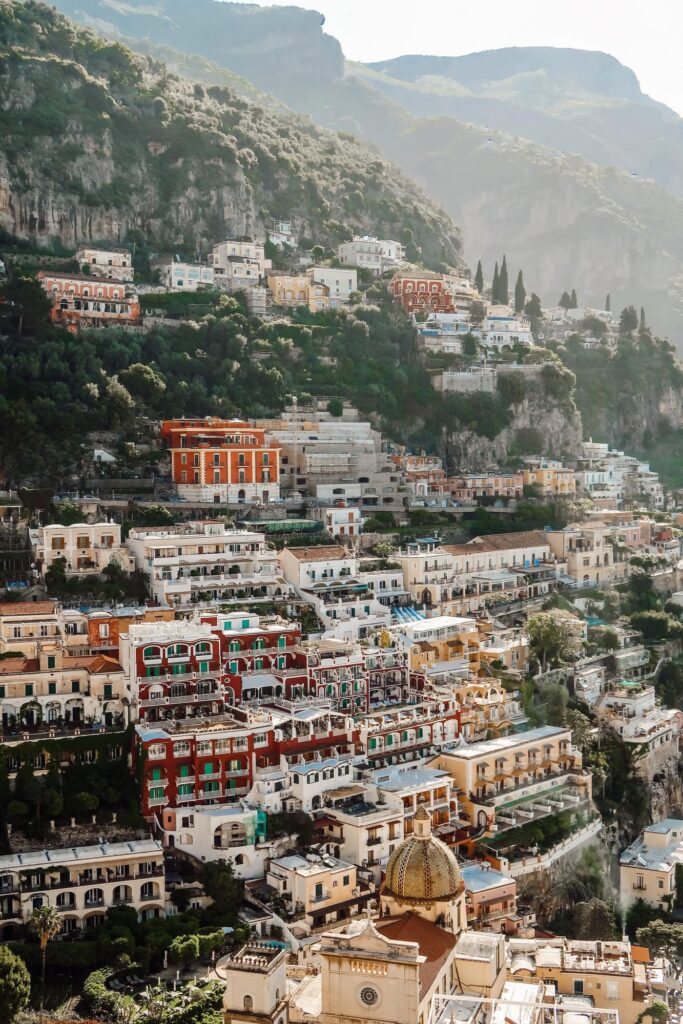
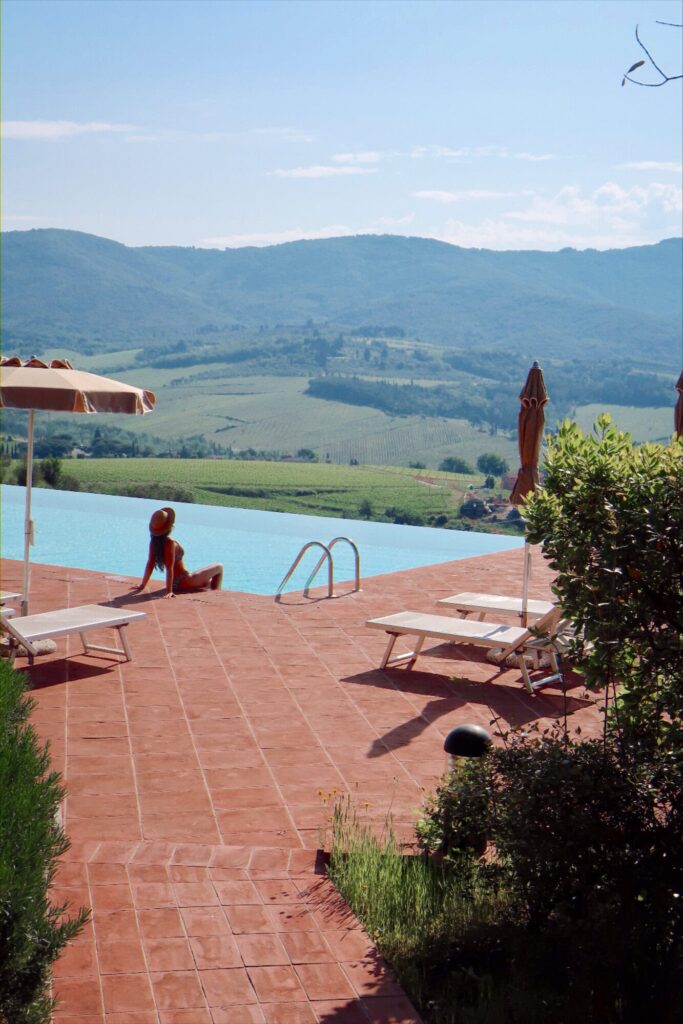
Final Thoughts
Italy offers an enriching travel experience with its art, history, cuisine, and scenic landscapes. By planning ahead and immersing yourself in Italian culture, you’ll discover why Italy is such a popular travel destination in Europe.
Prepare to be enchanted by Italy’s timeless charm, warm hospitality, and culinary delights as you embark on an unforgettable journey through this remarkable country, and find out why I love visiting this destination time and time again!
If you are interested in more resources to help plan your trip check out my other blog posts, and you can always follow me on Instagram at @sierrainthecity.
Buon viaggio-Have a great trip!
Pin this for later:
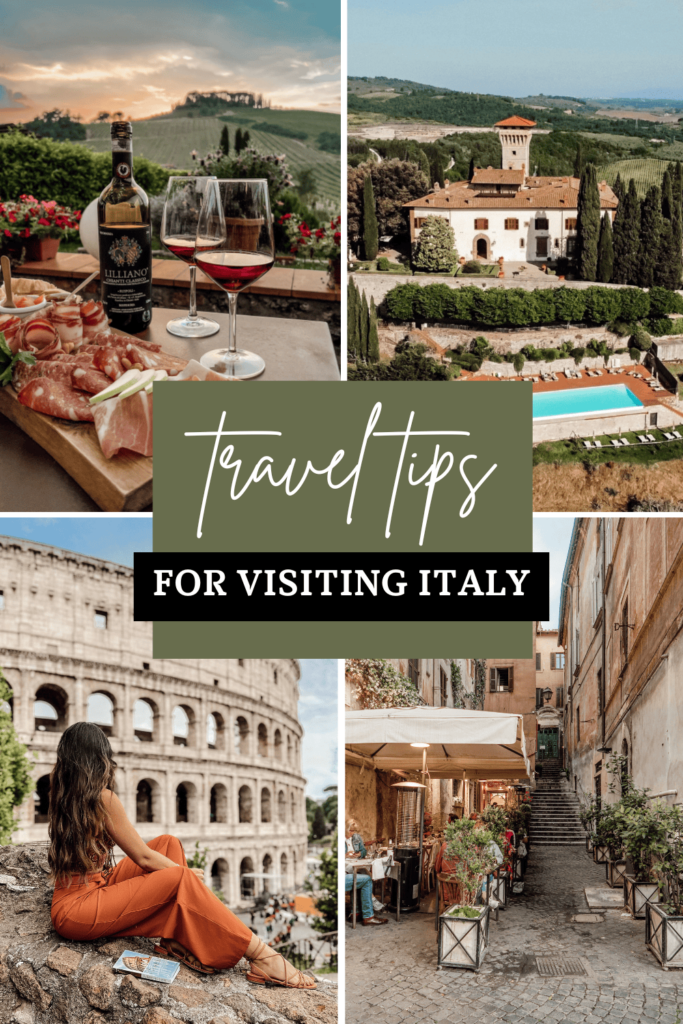
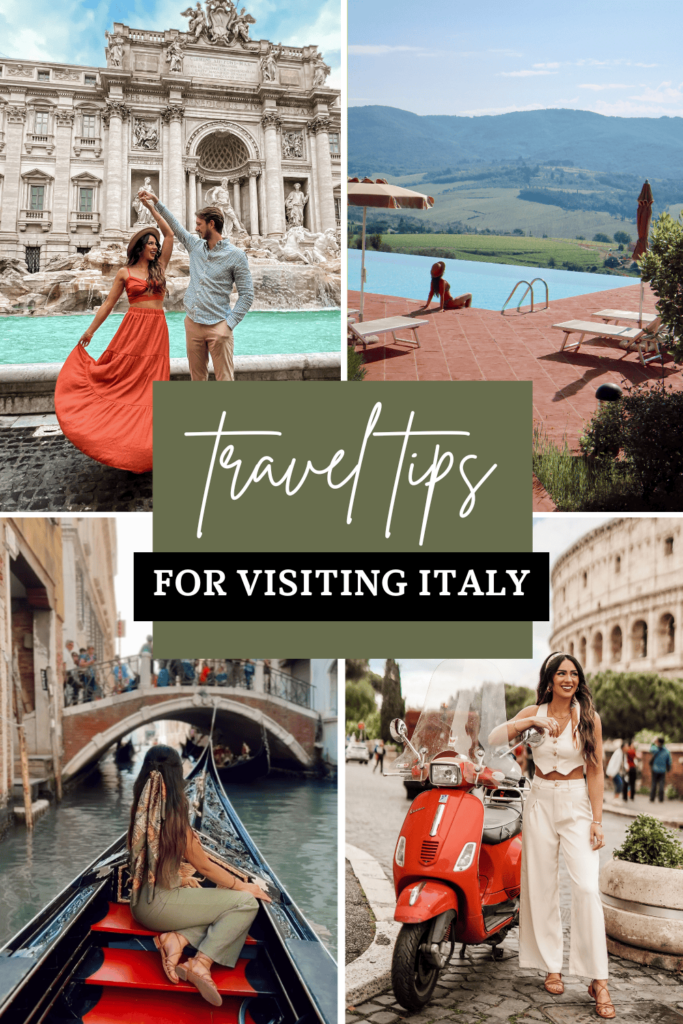

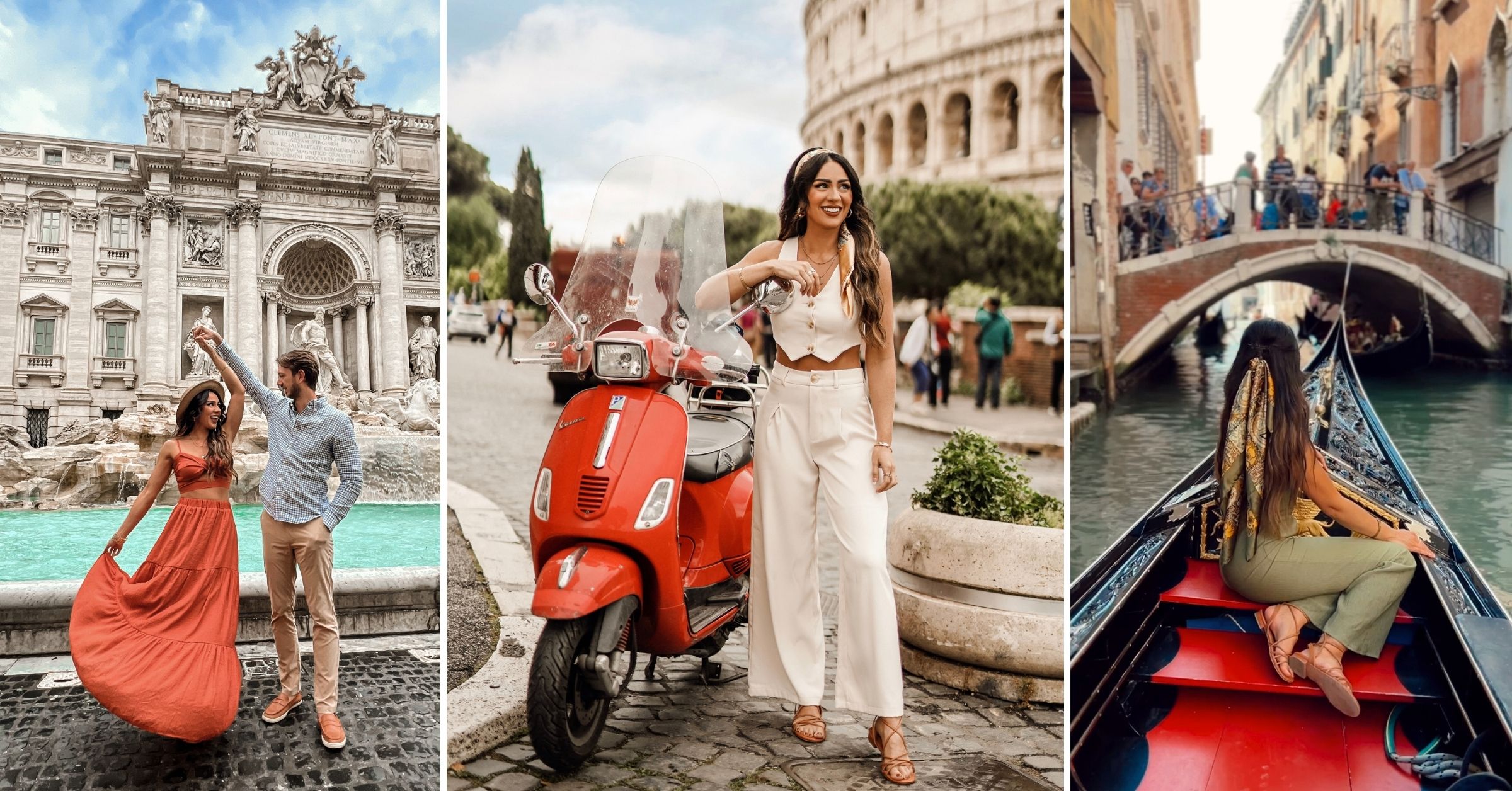

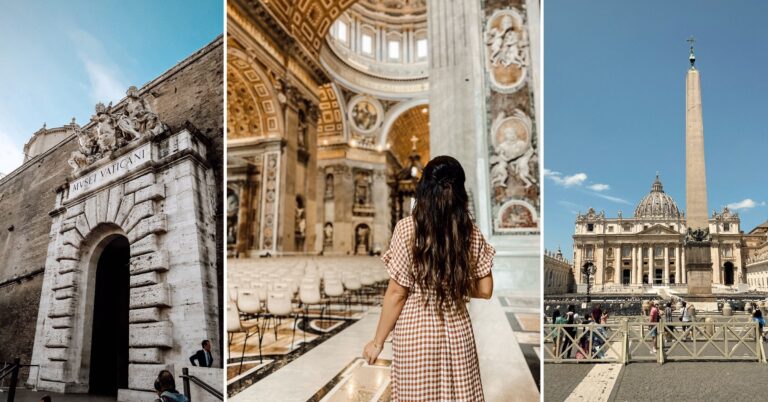
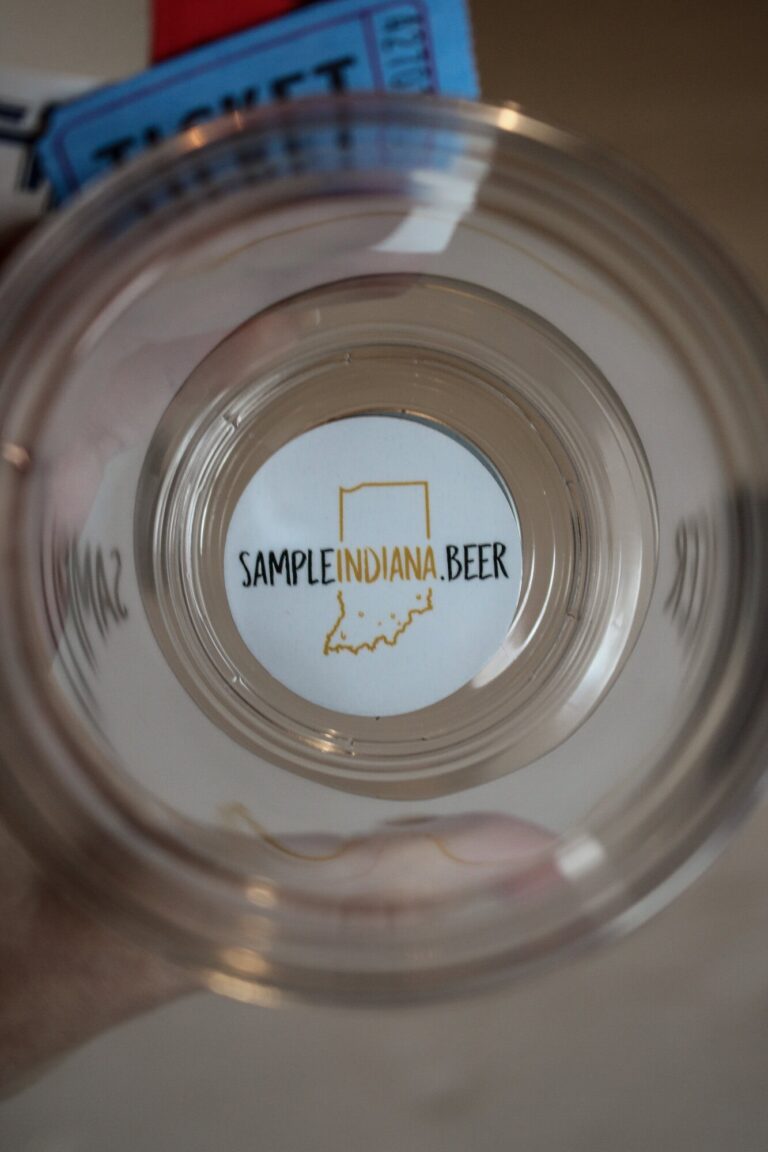
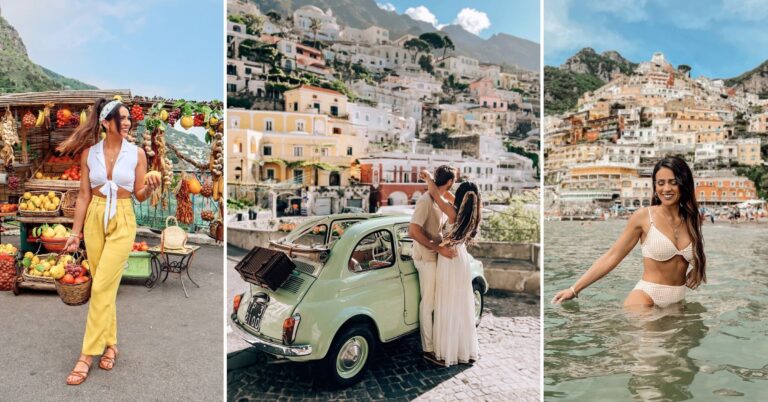


One Comment